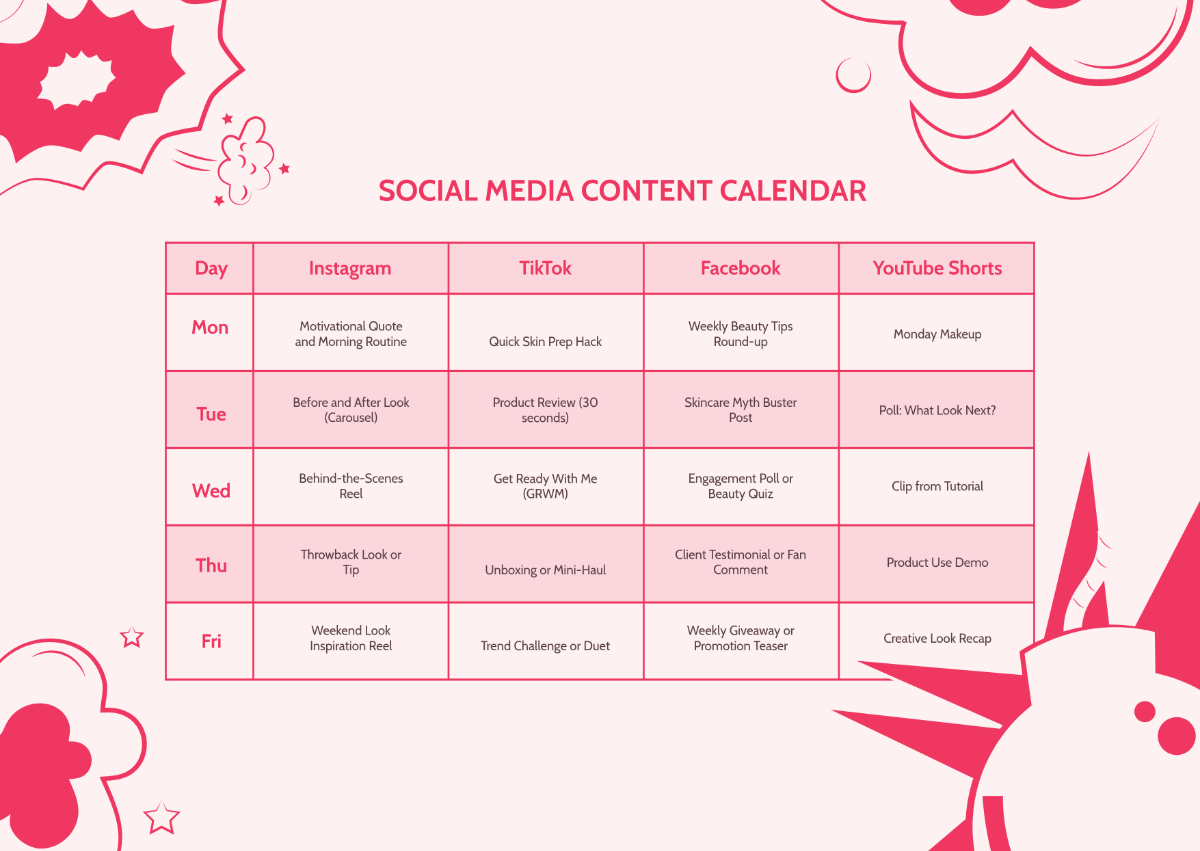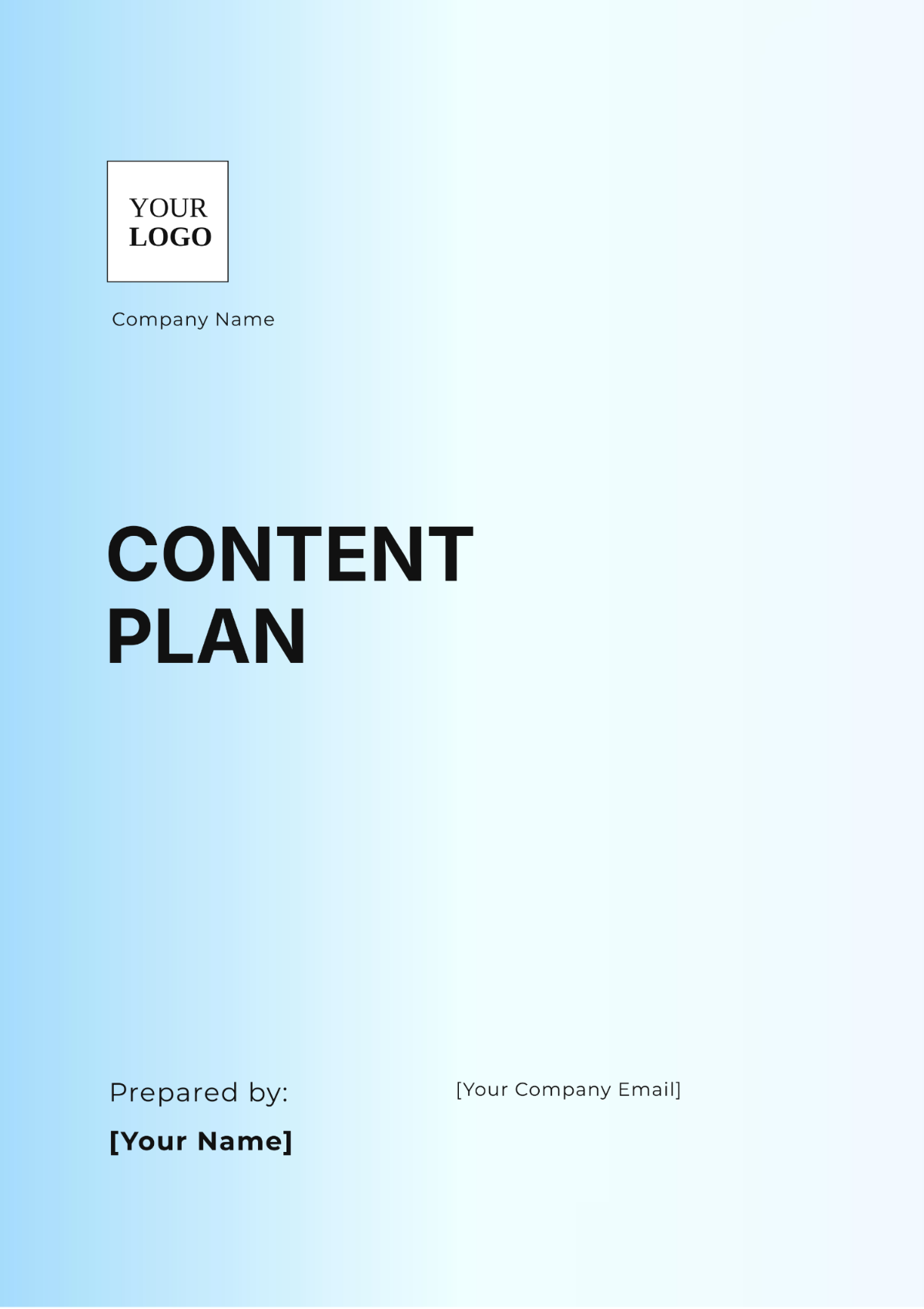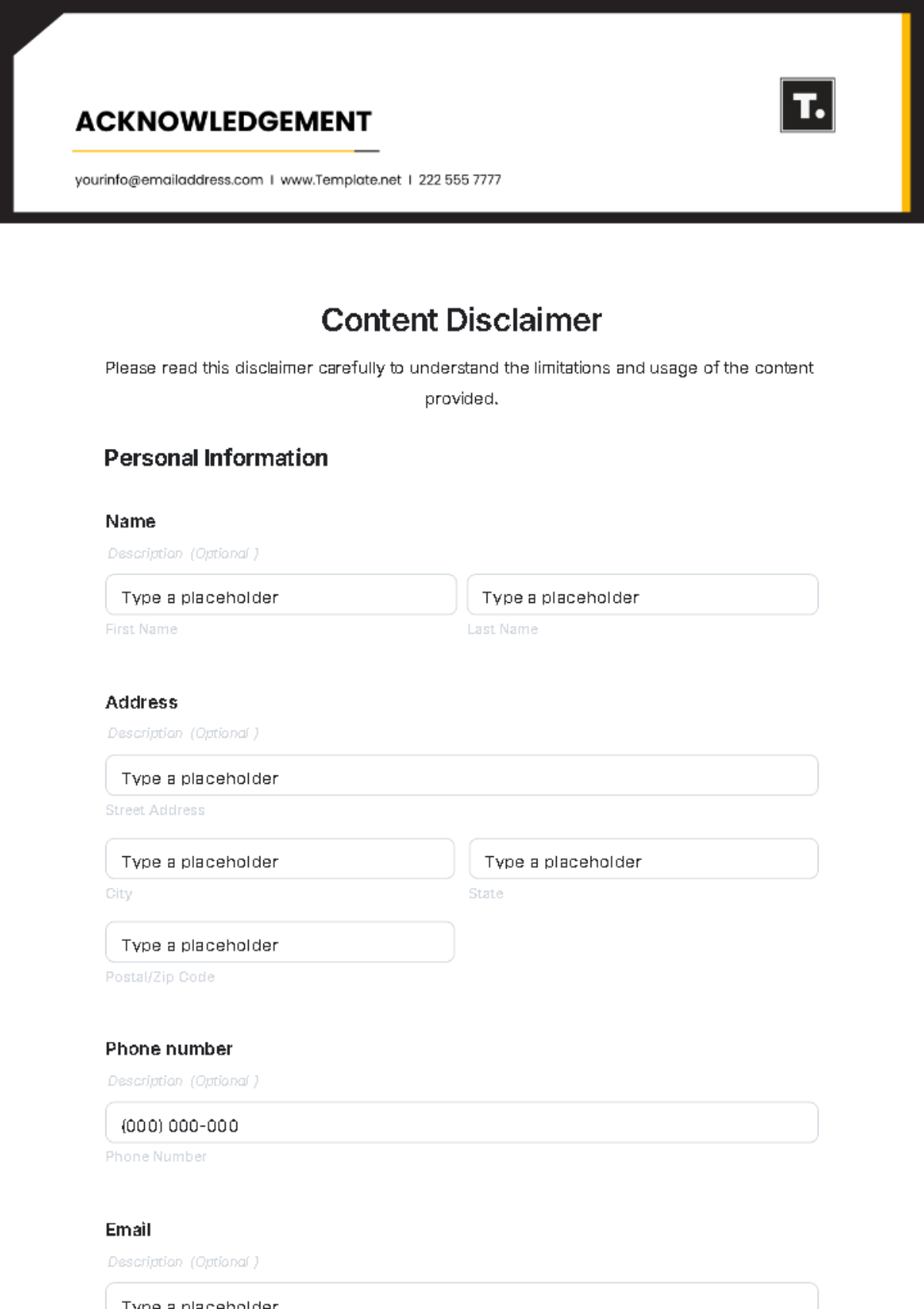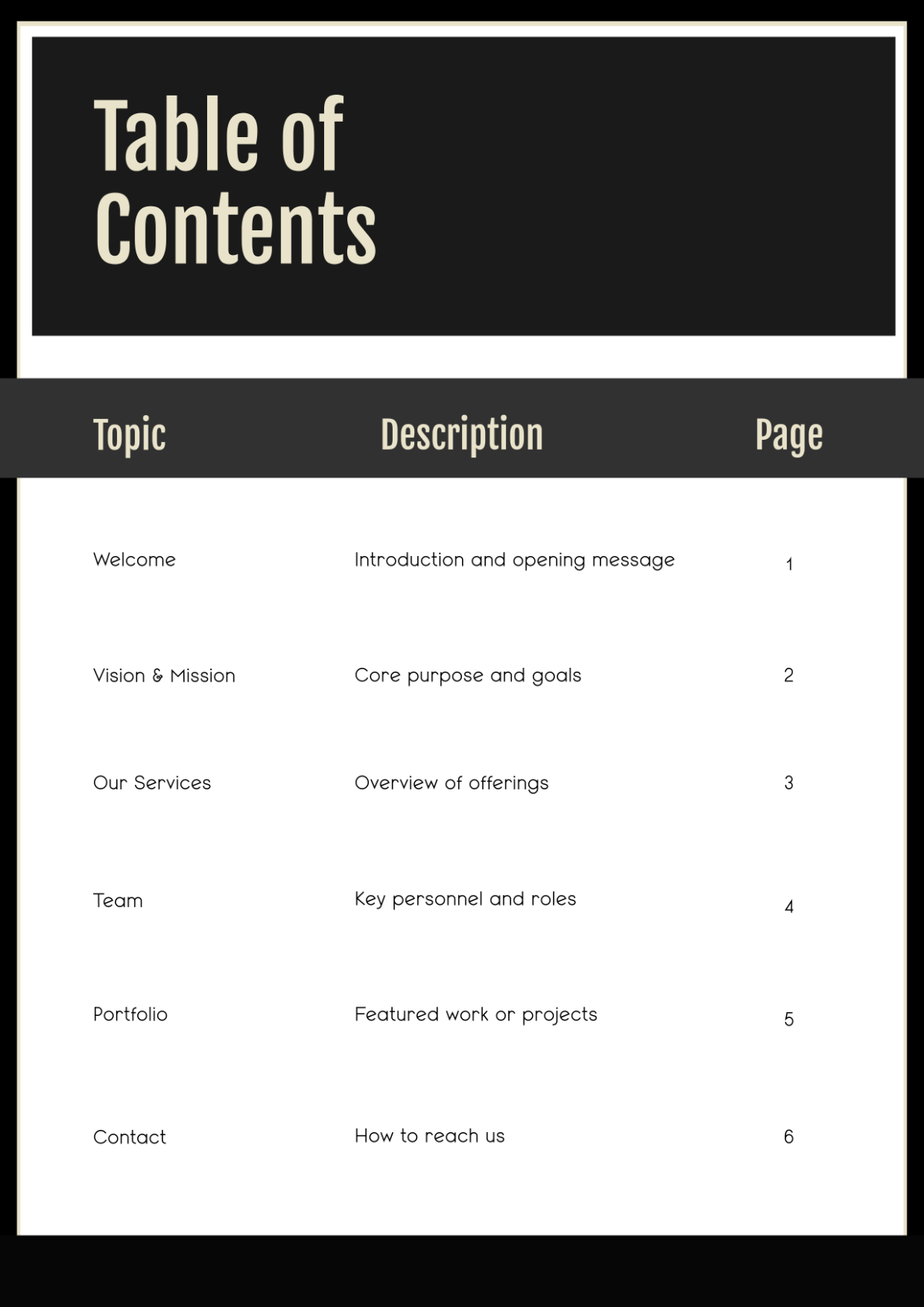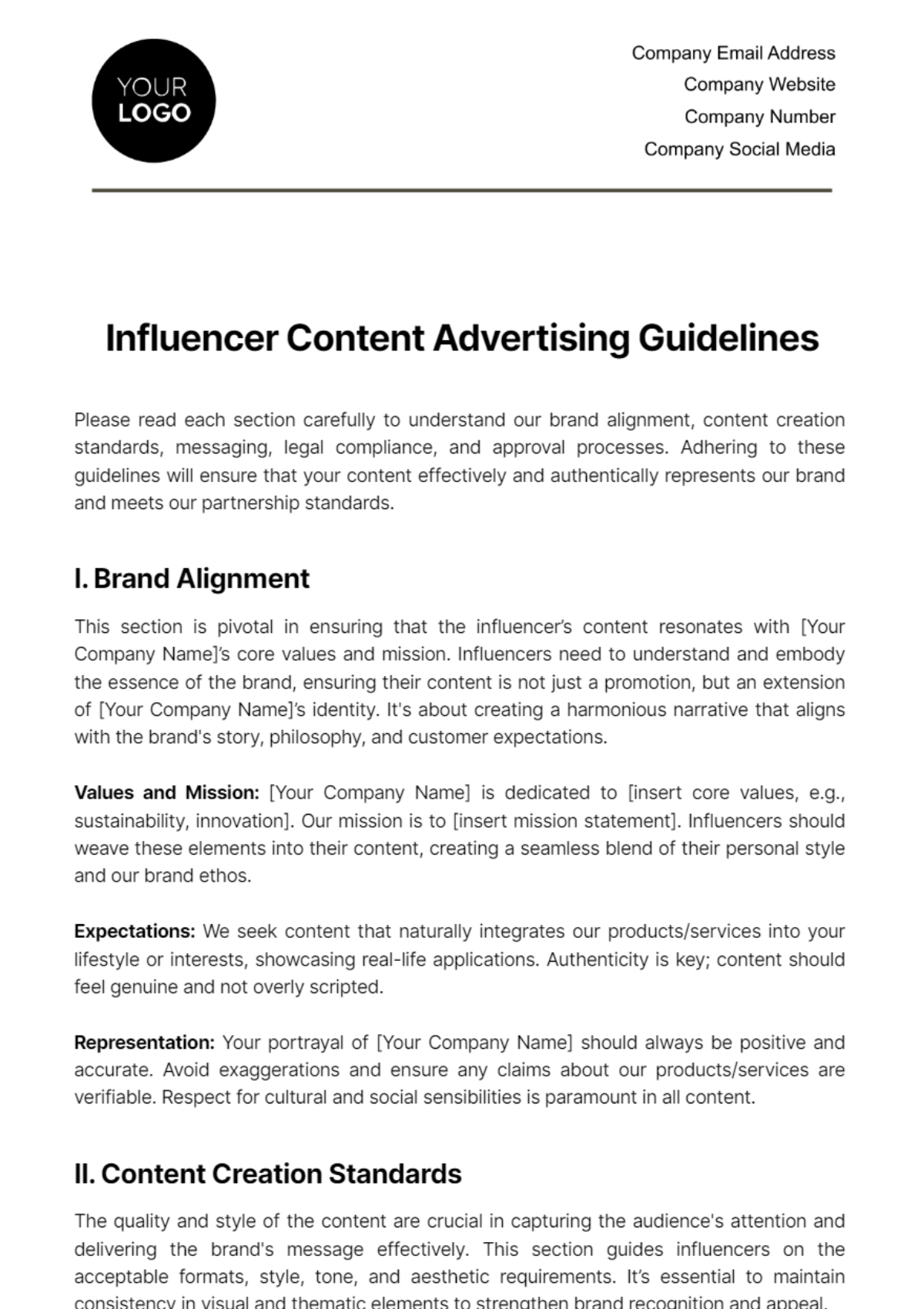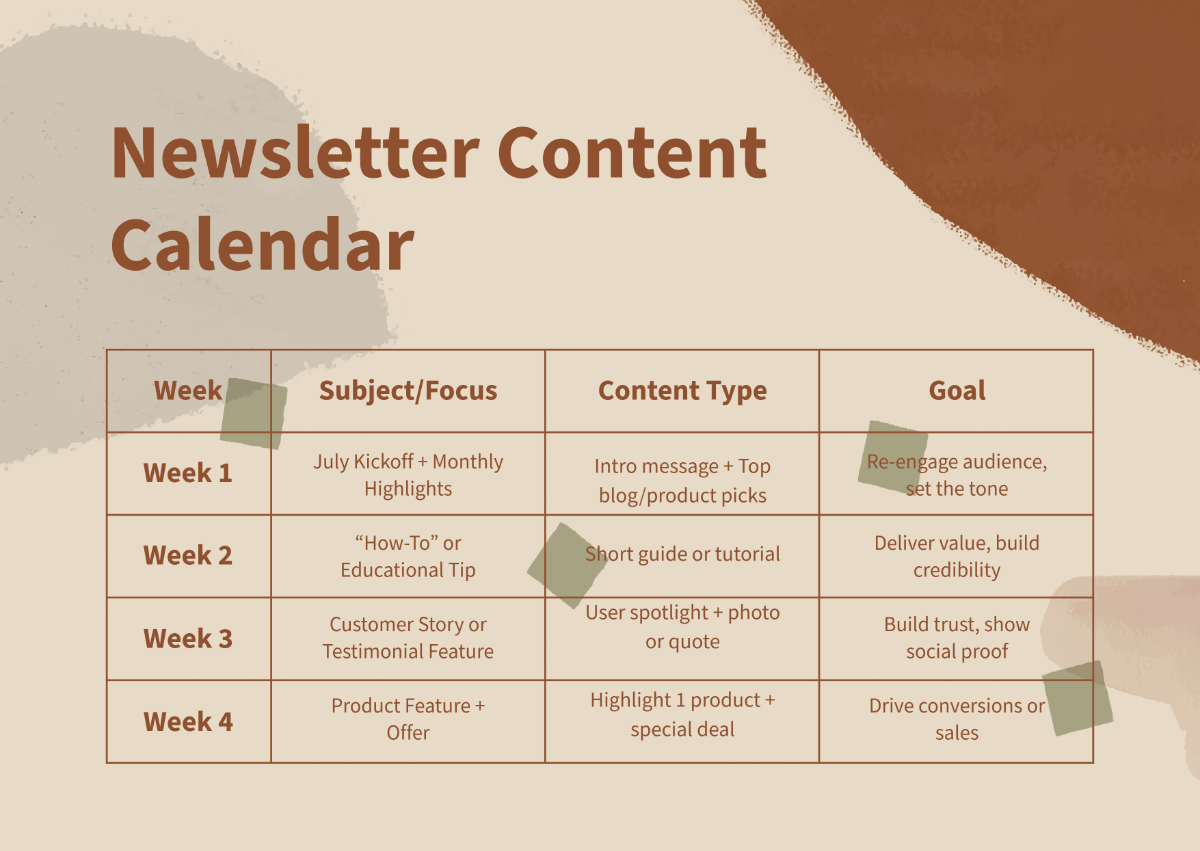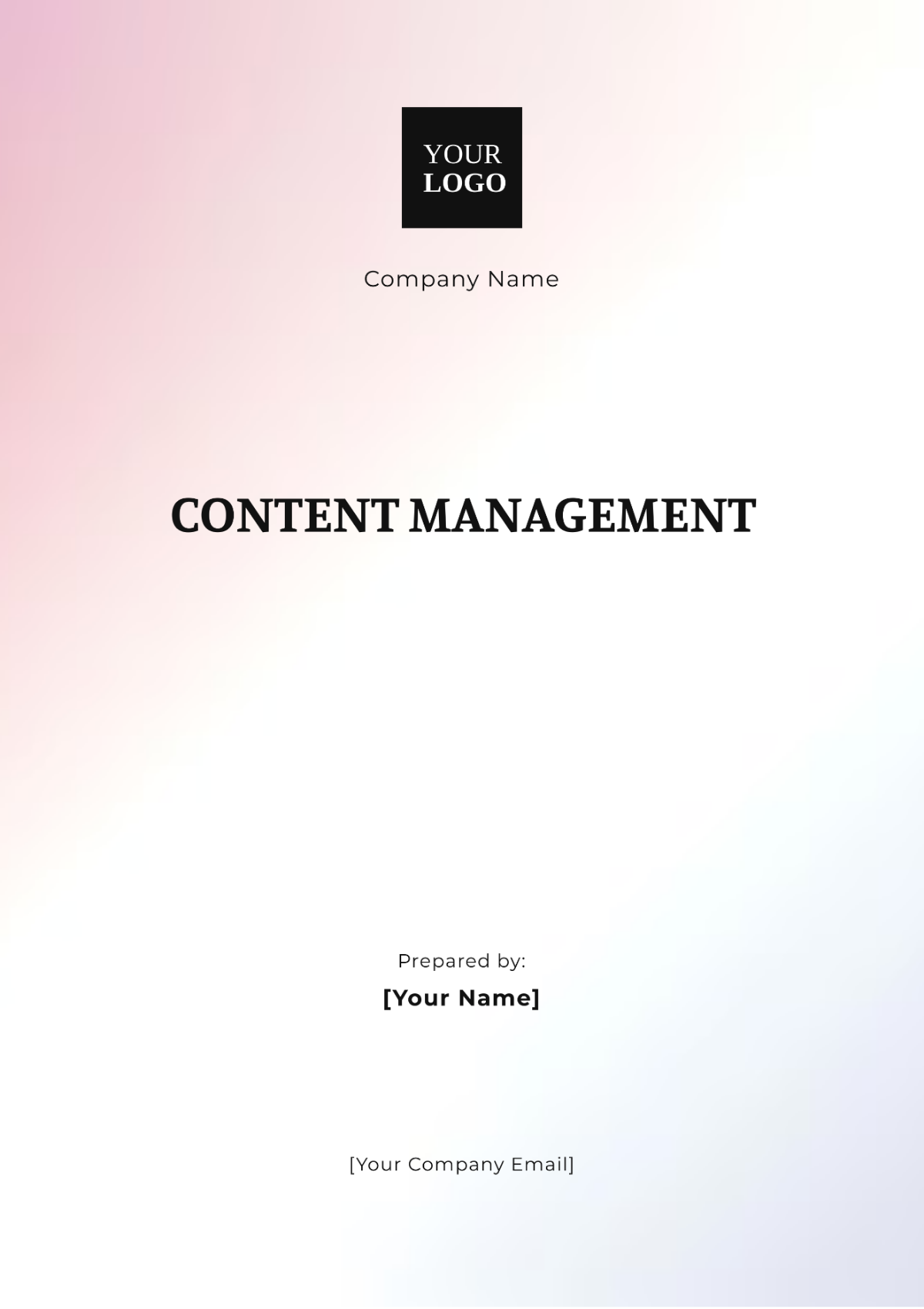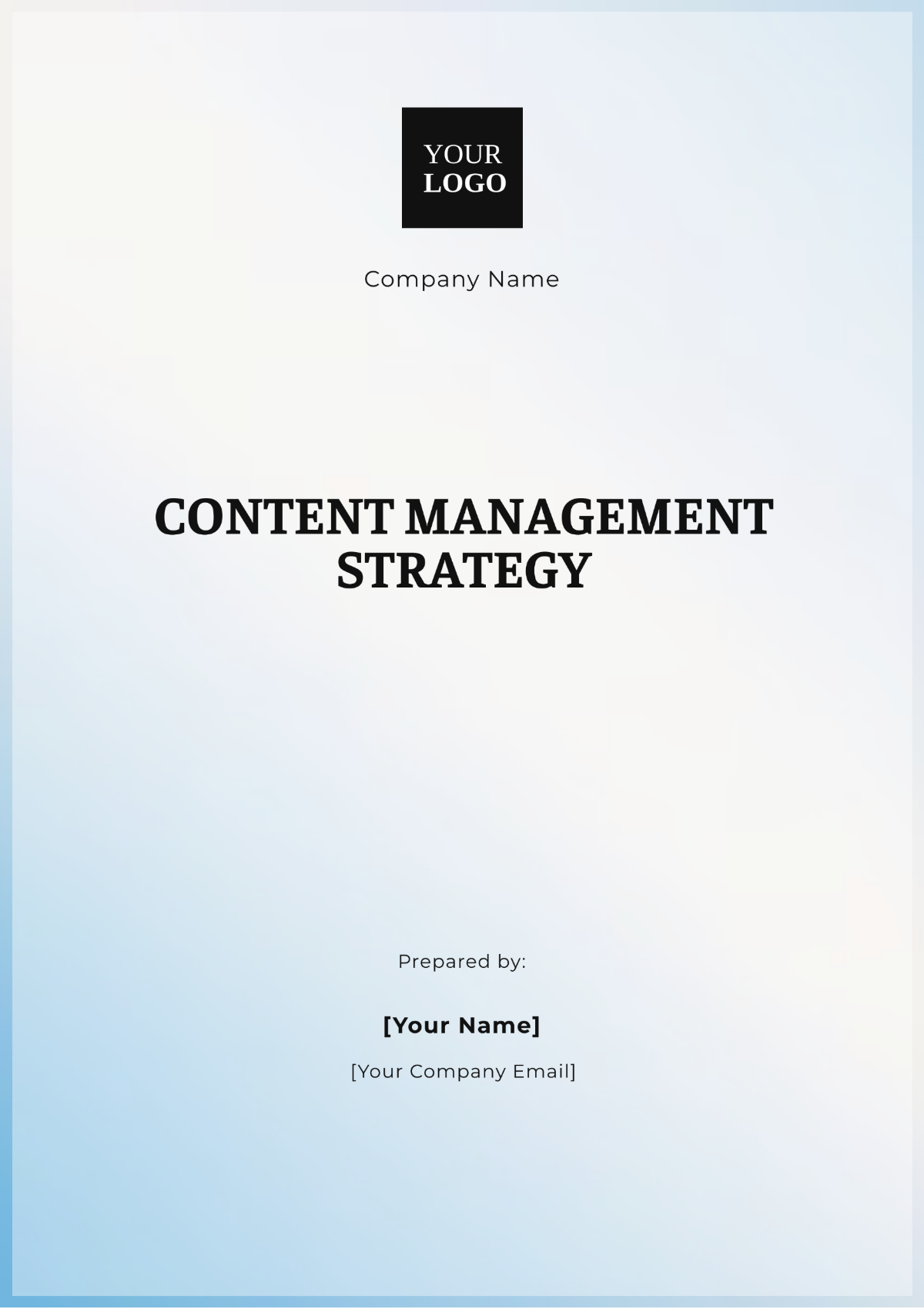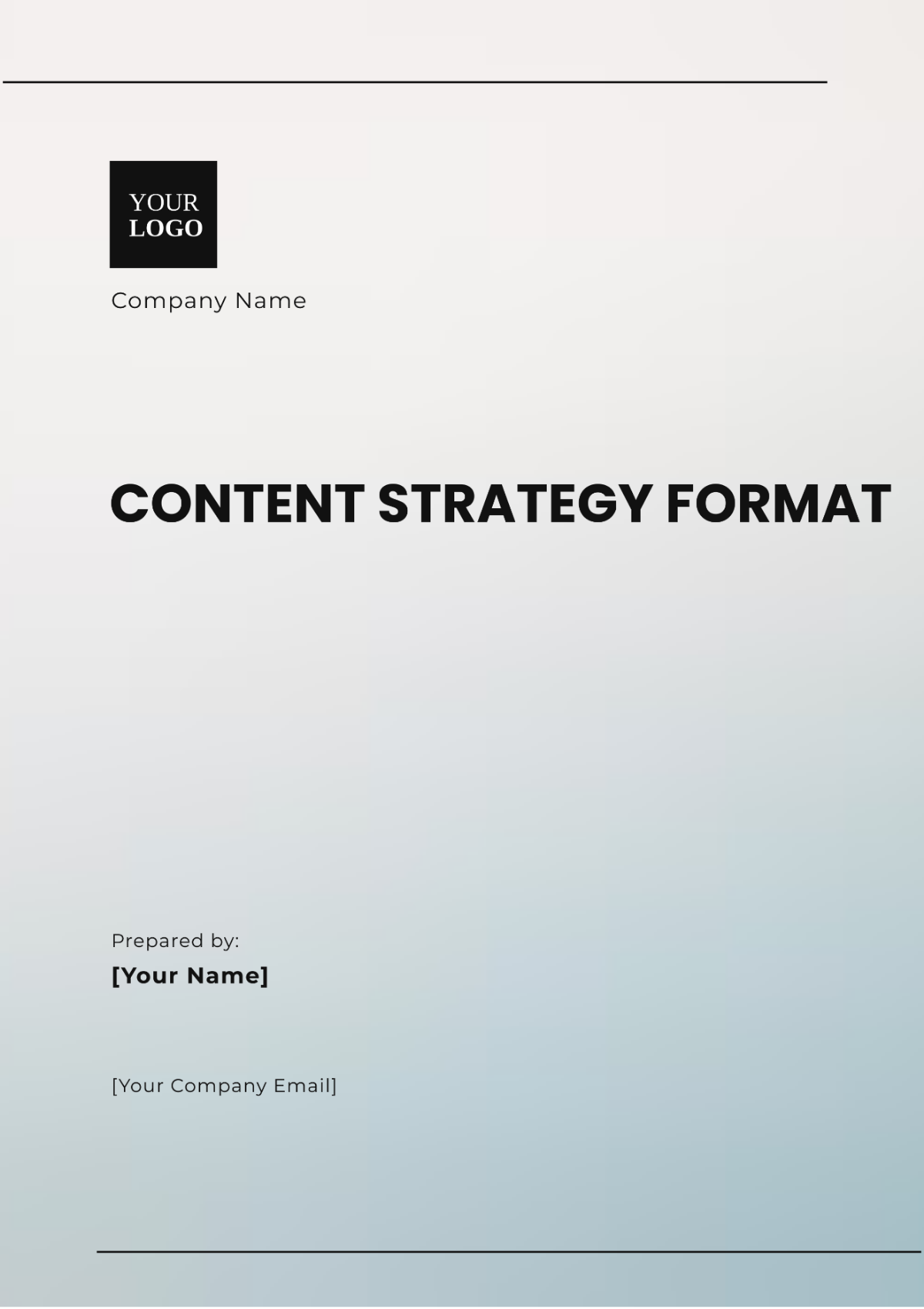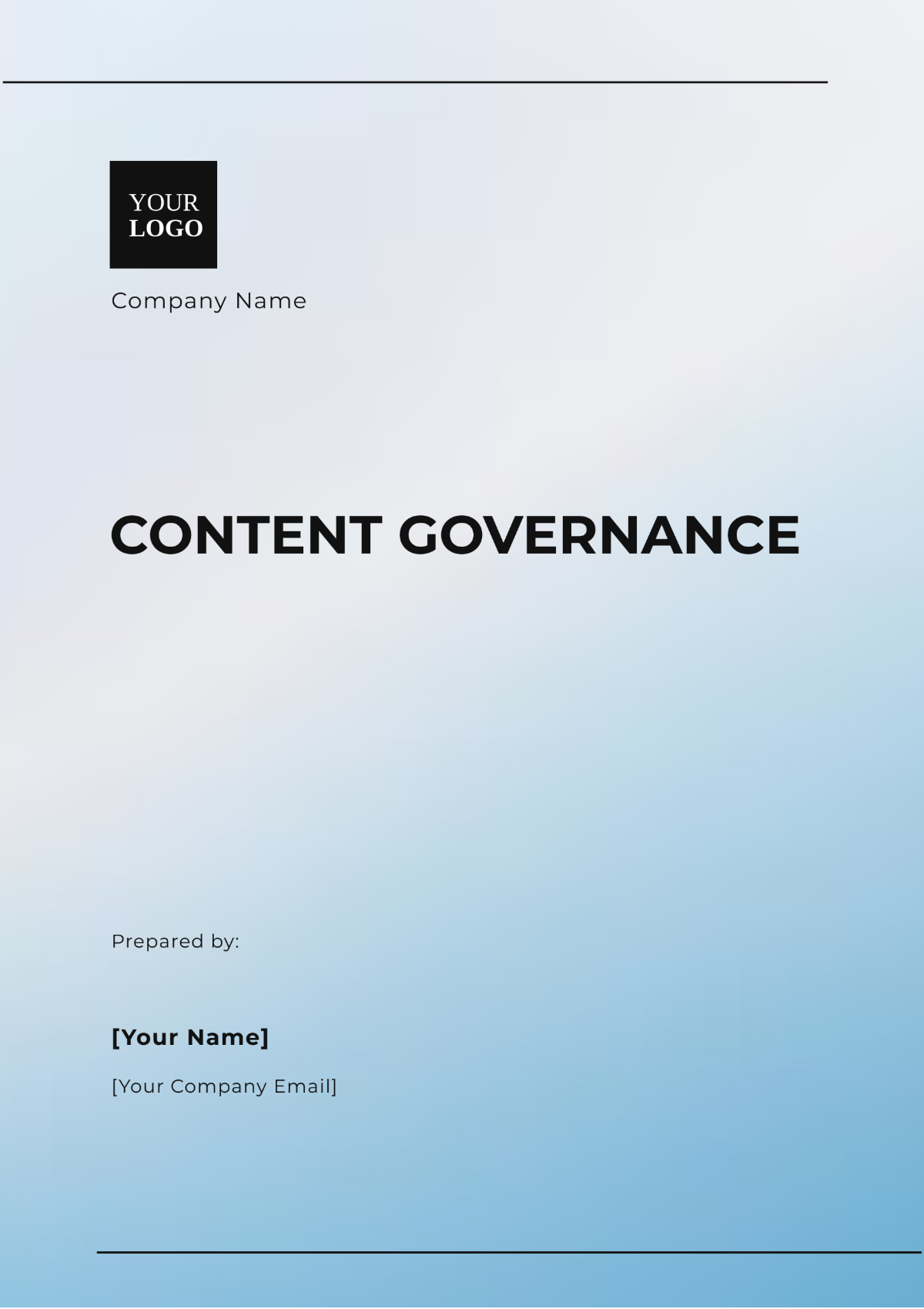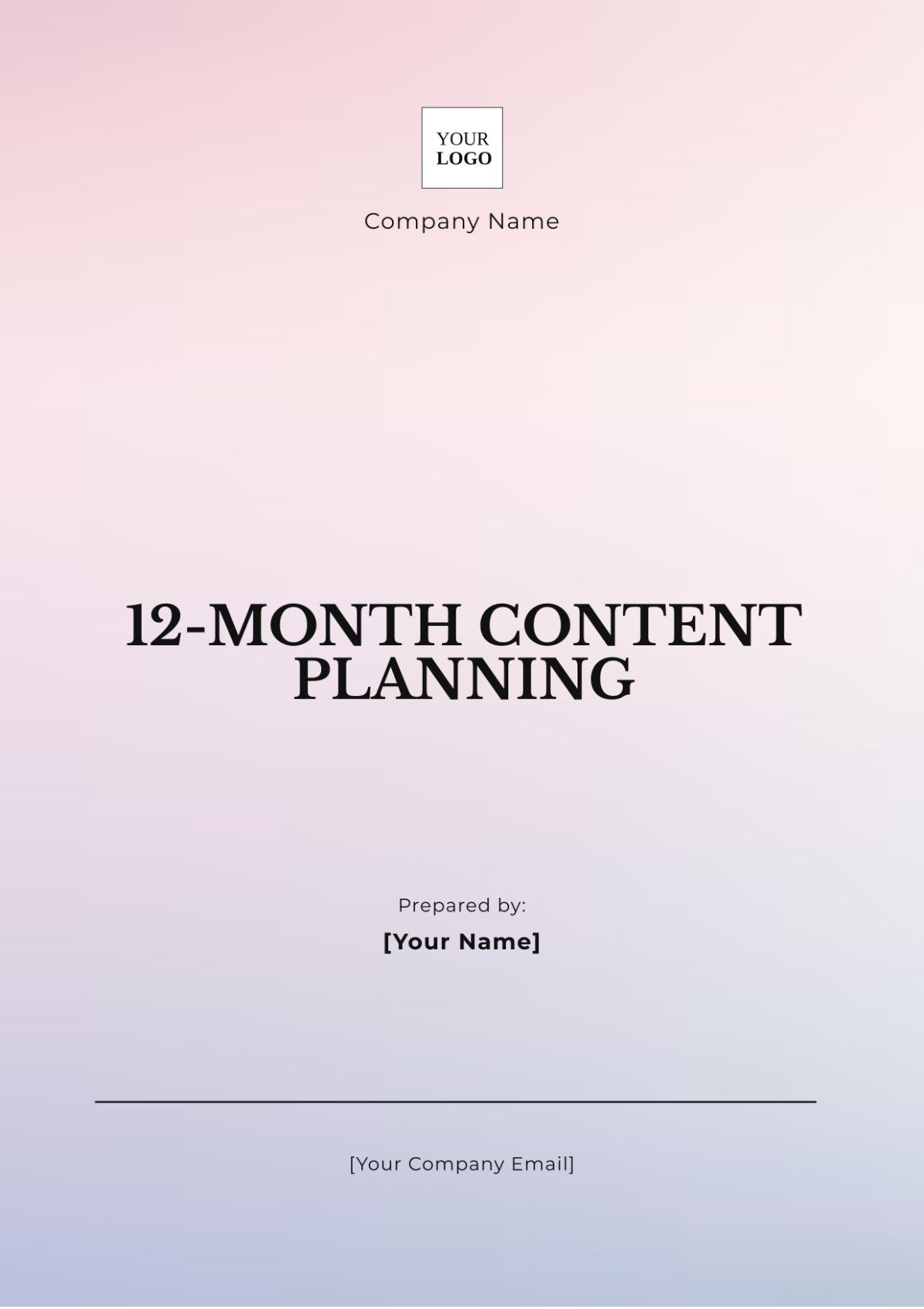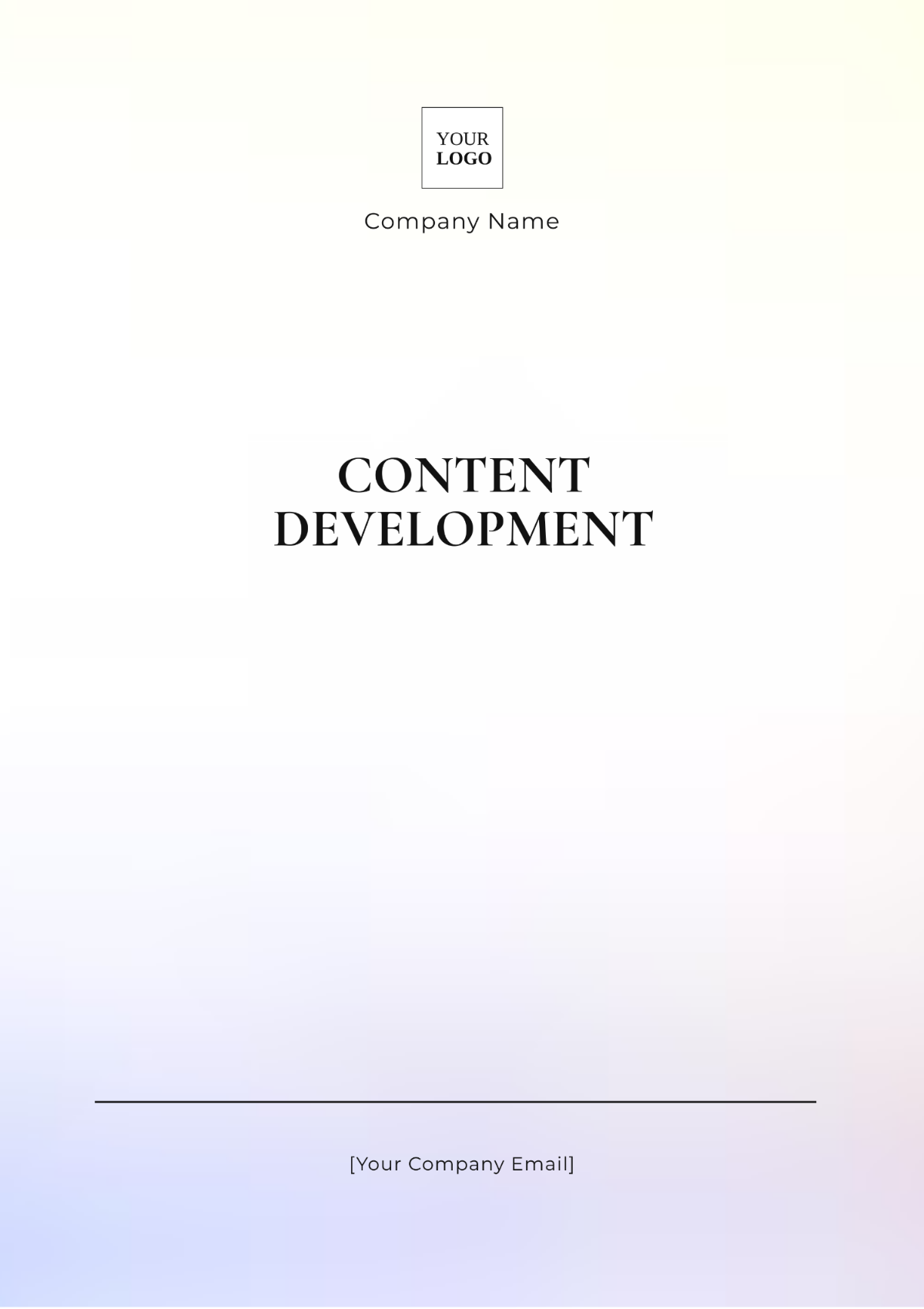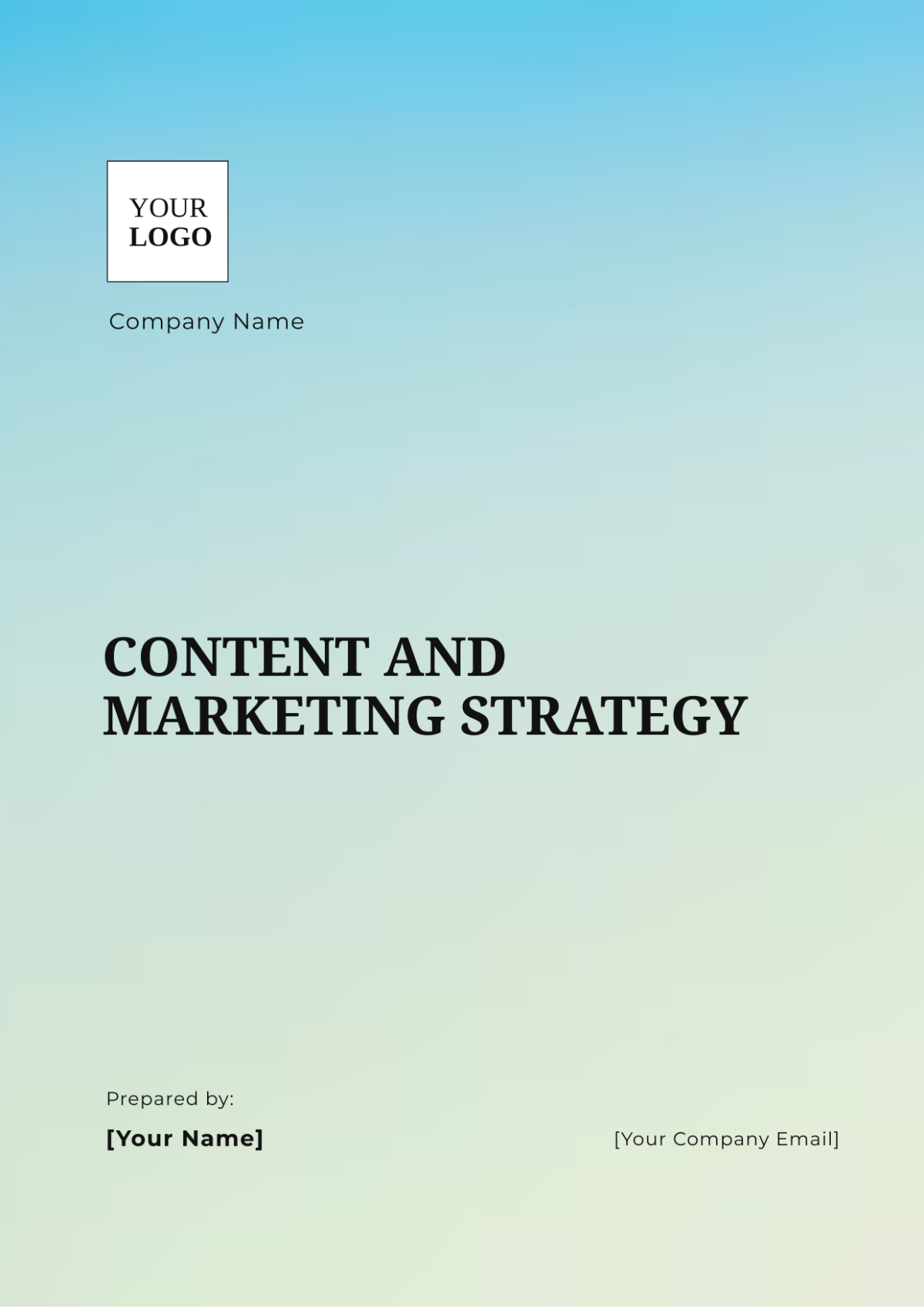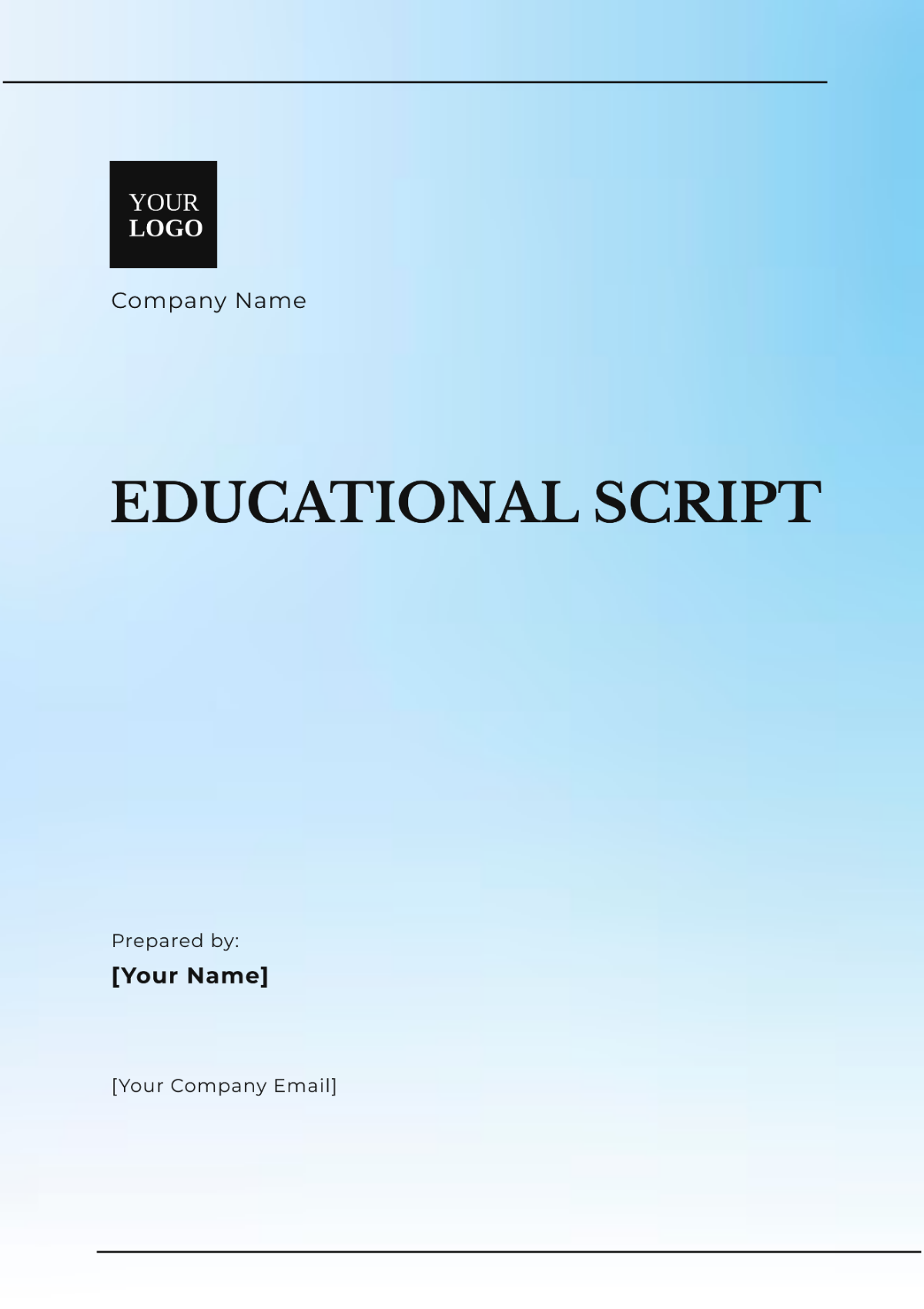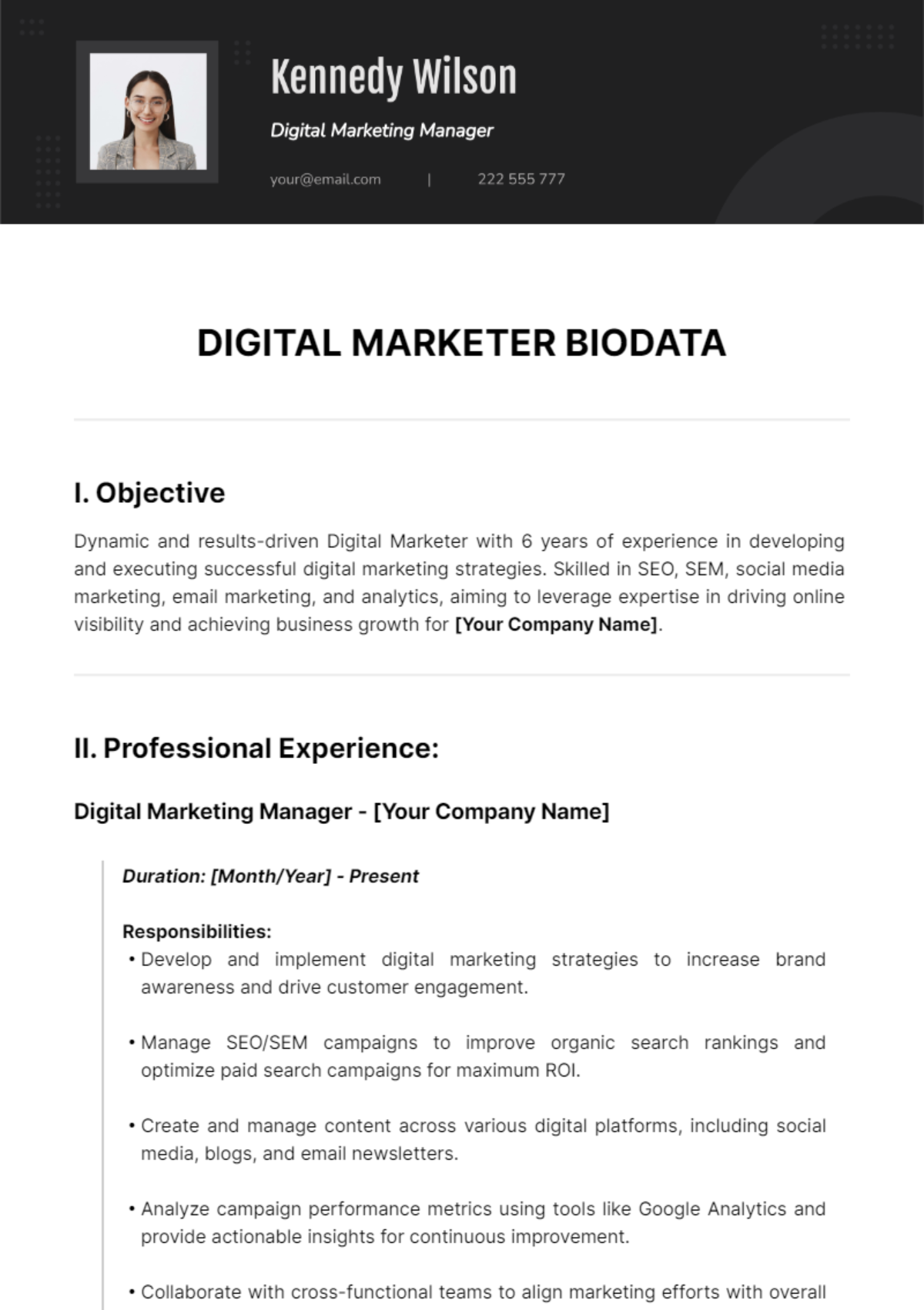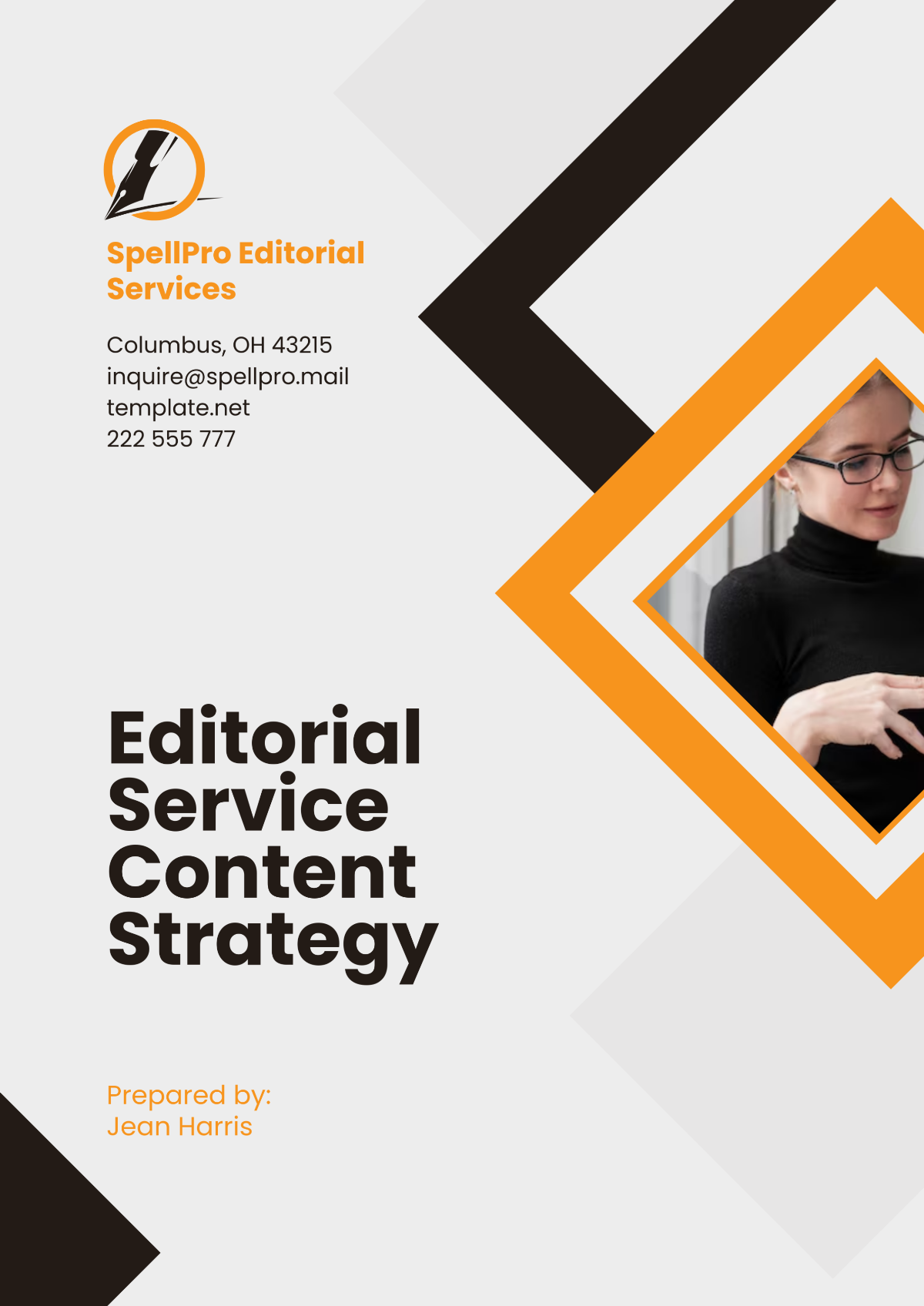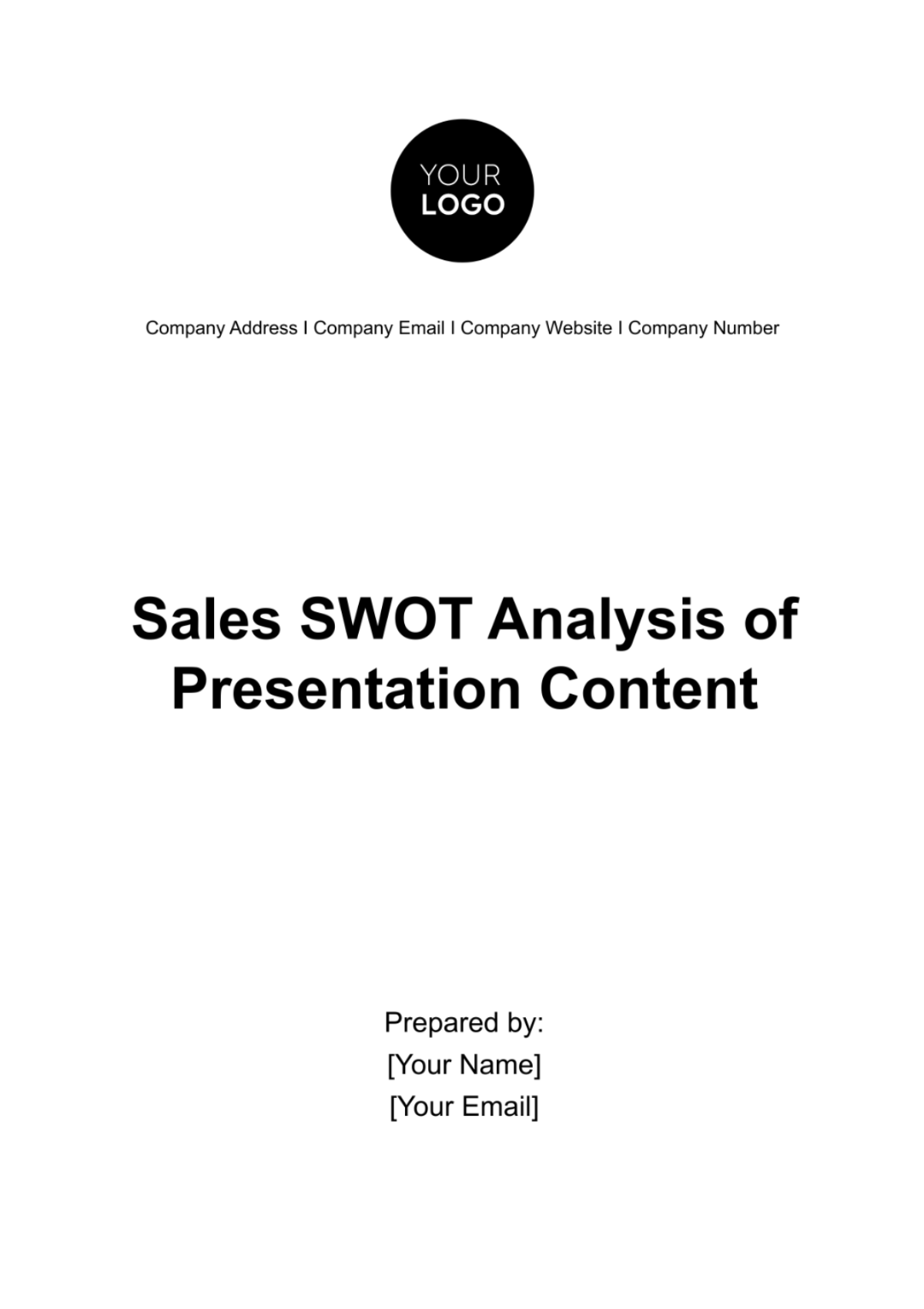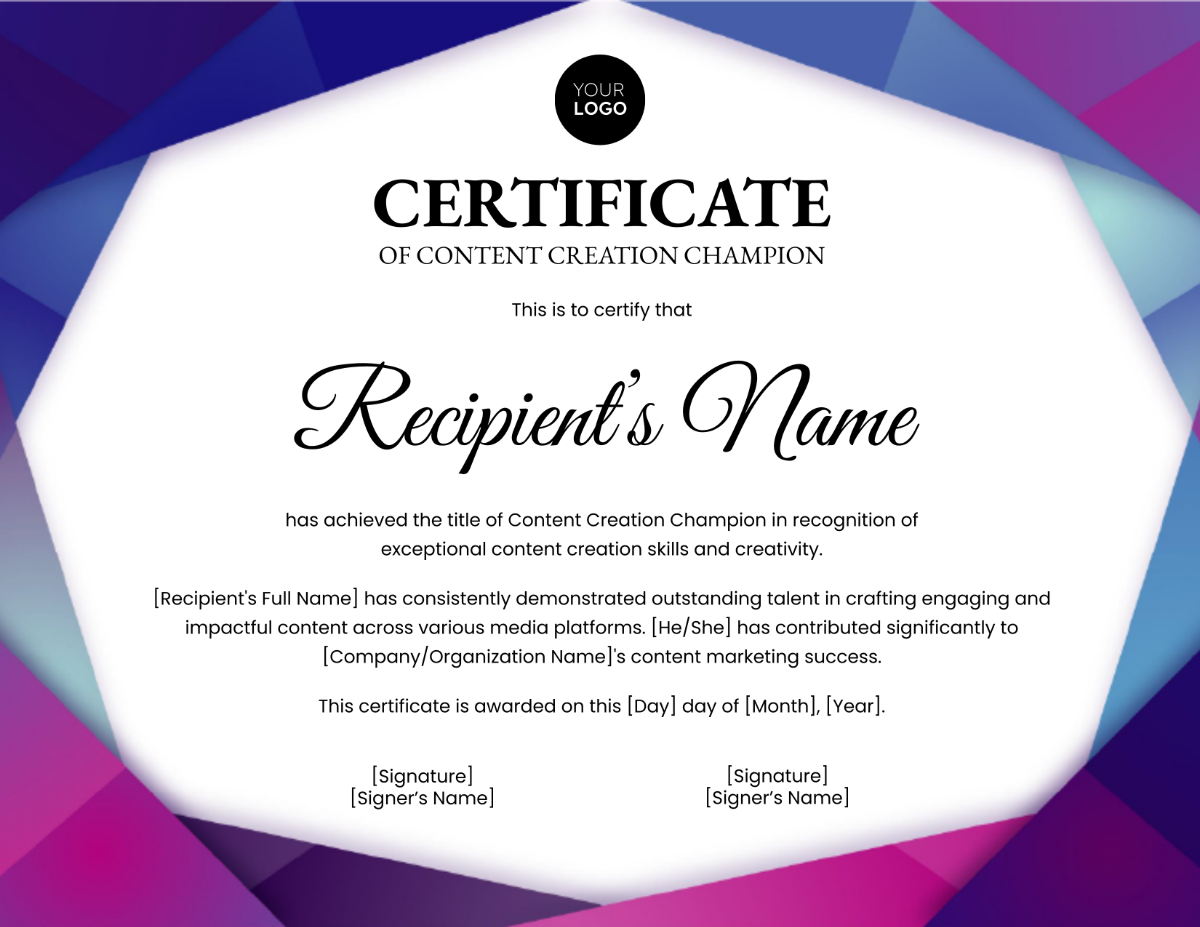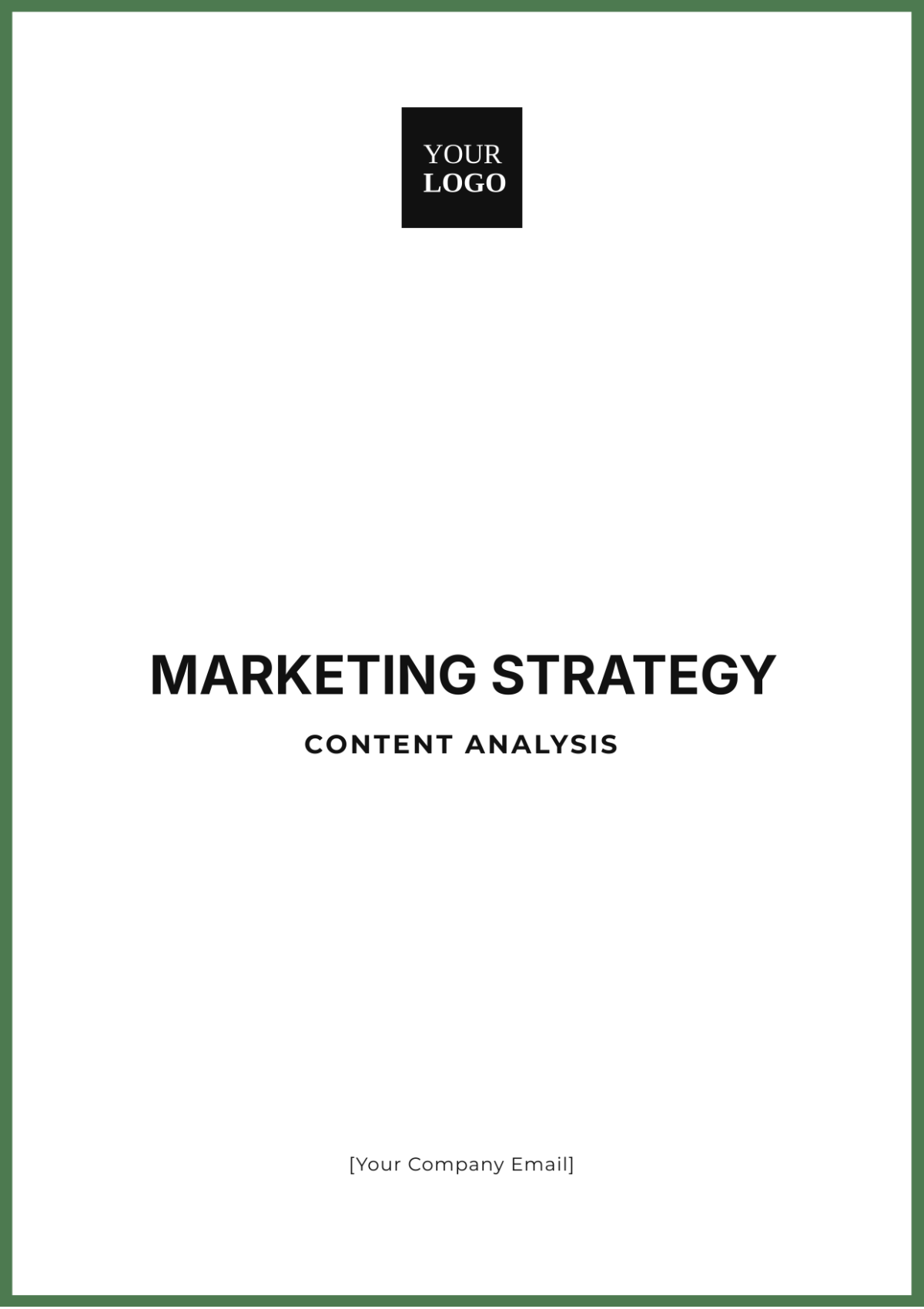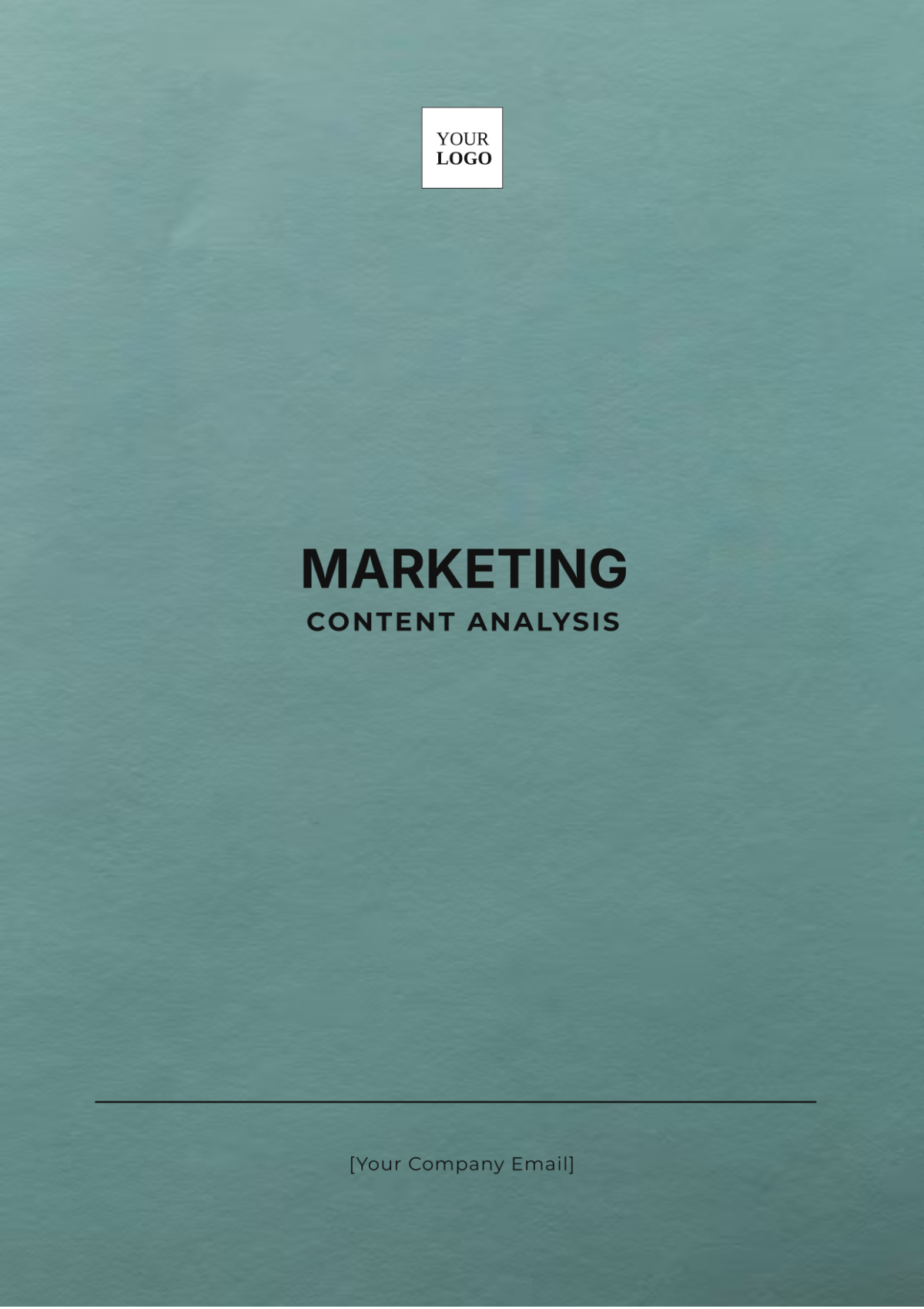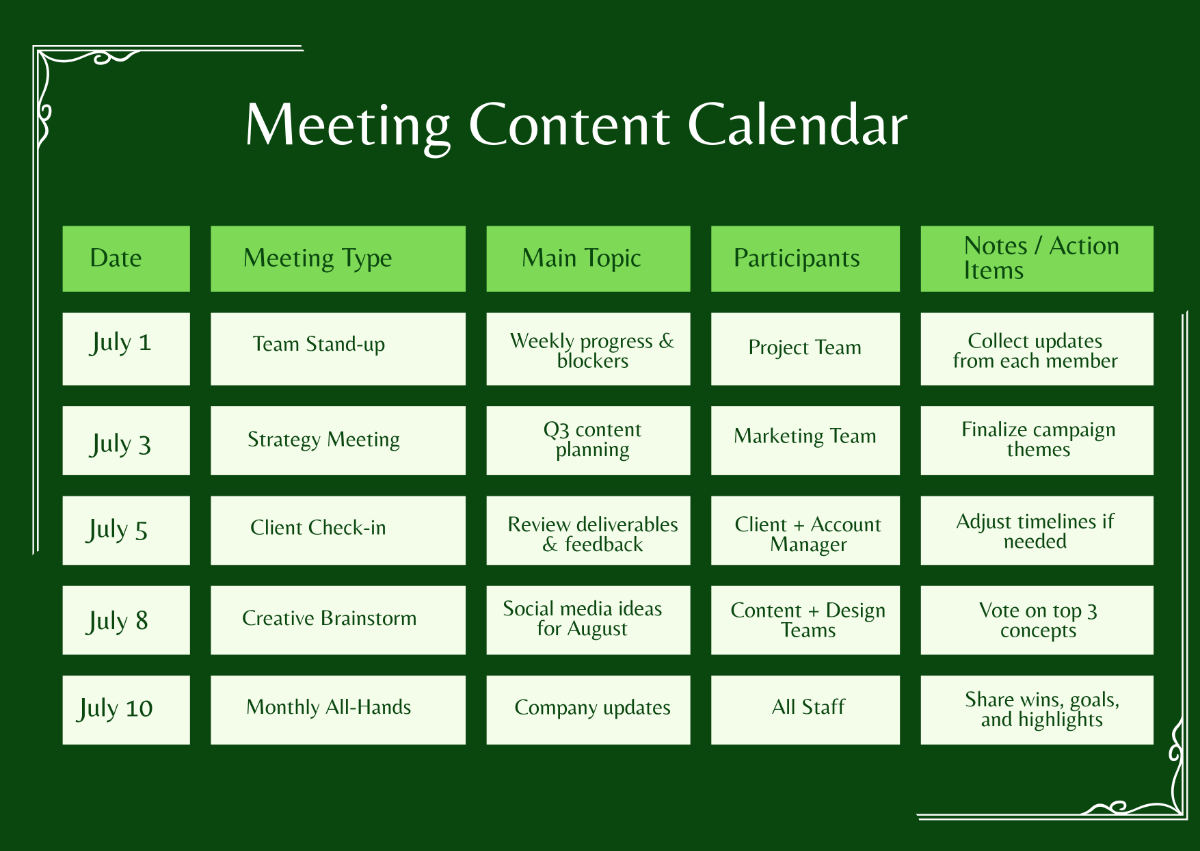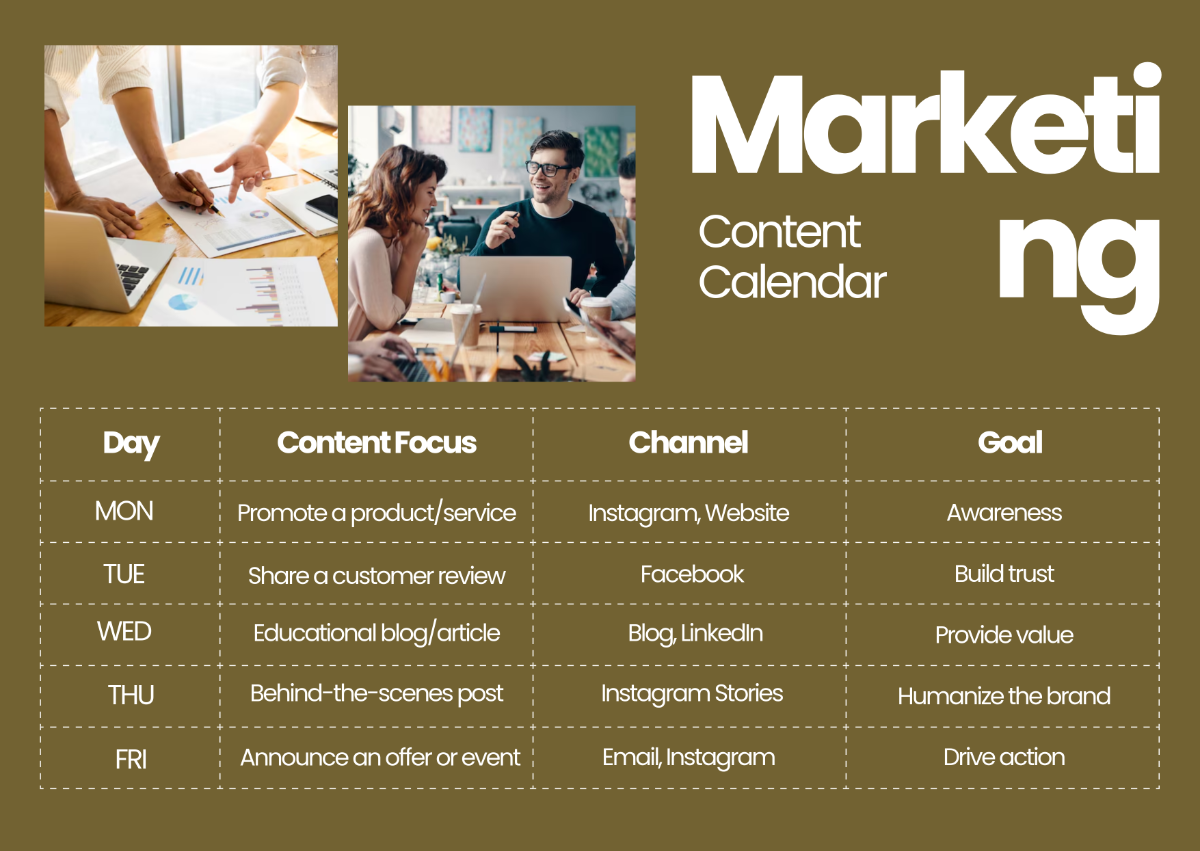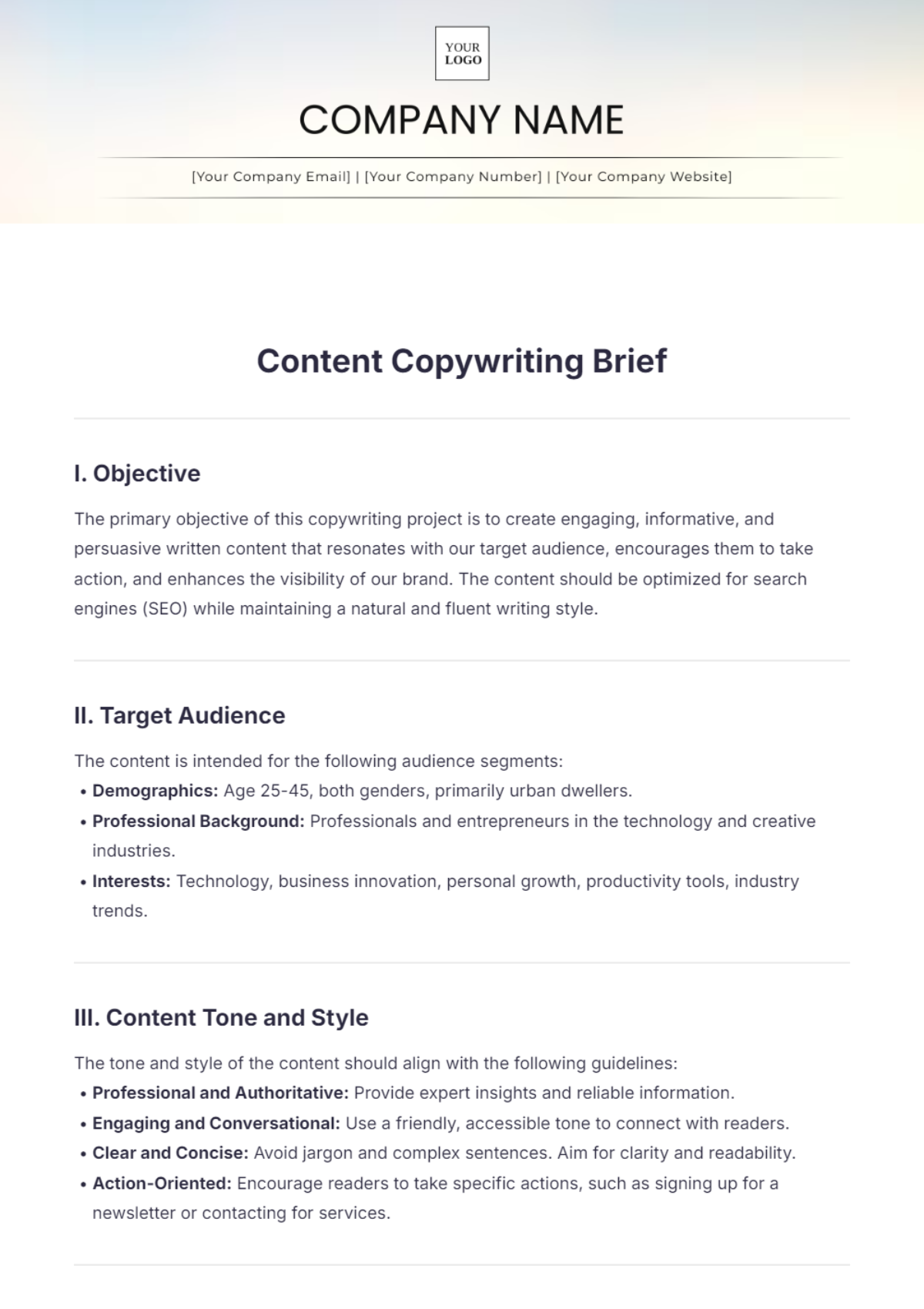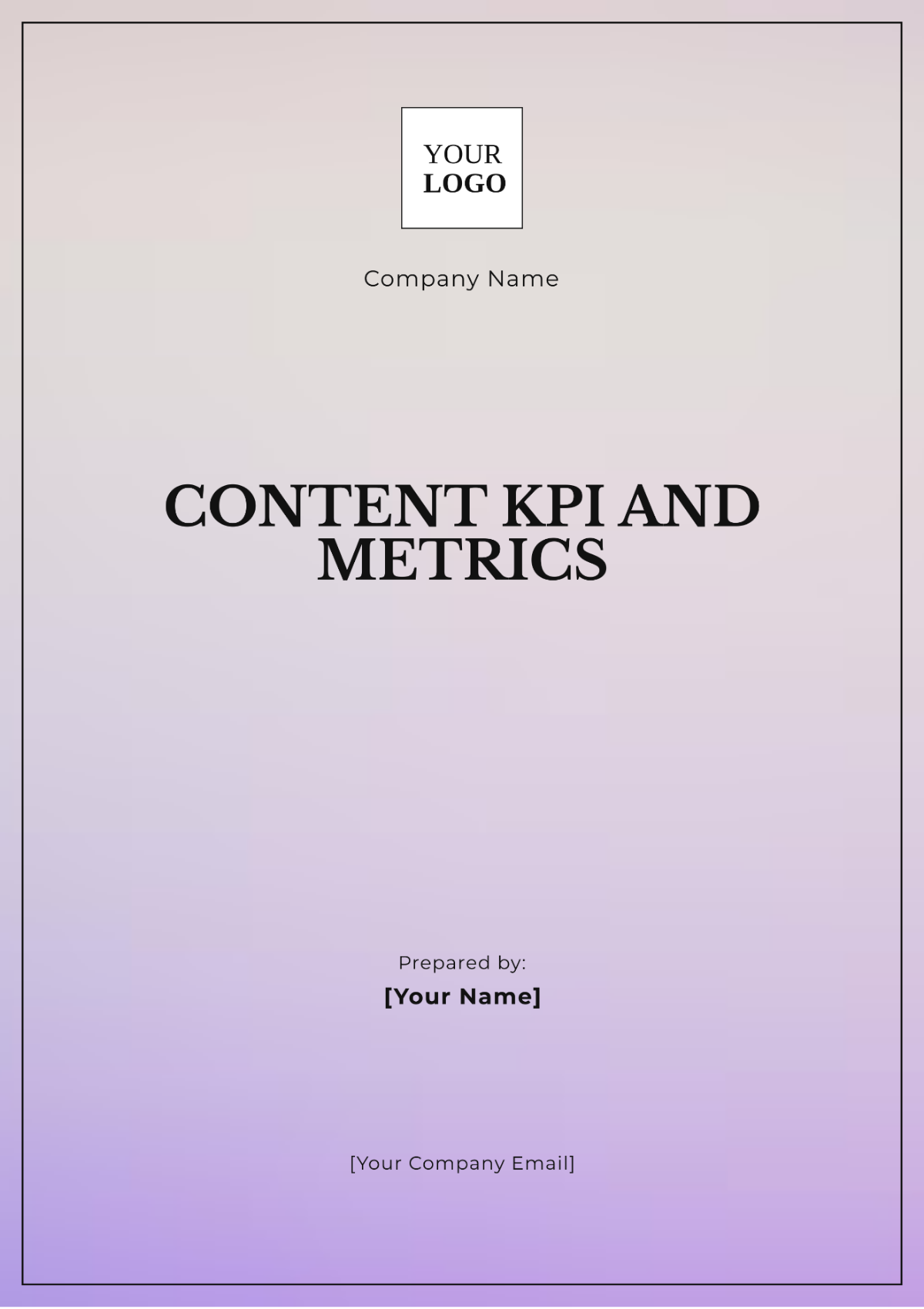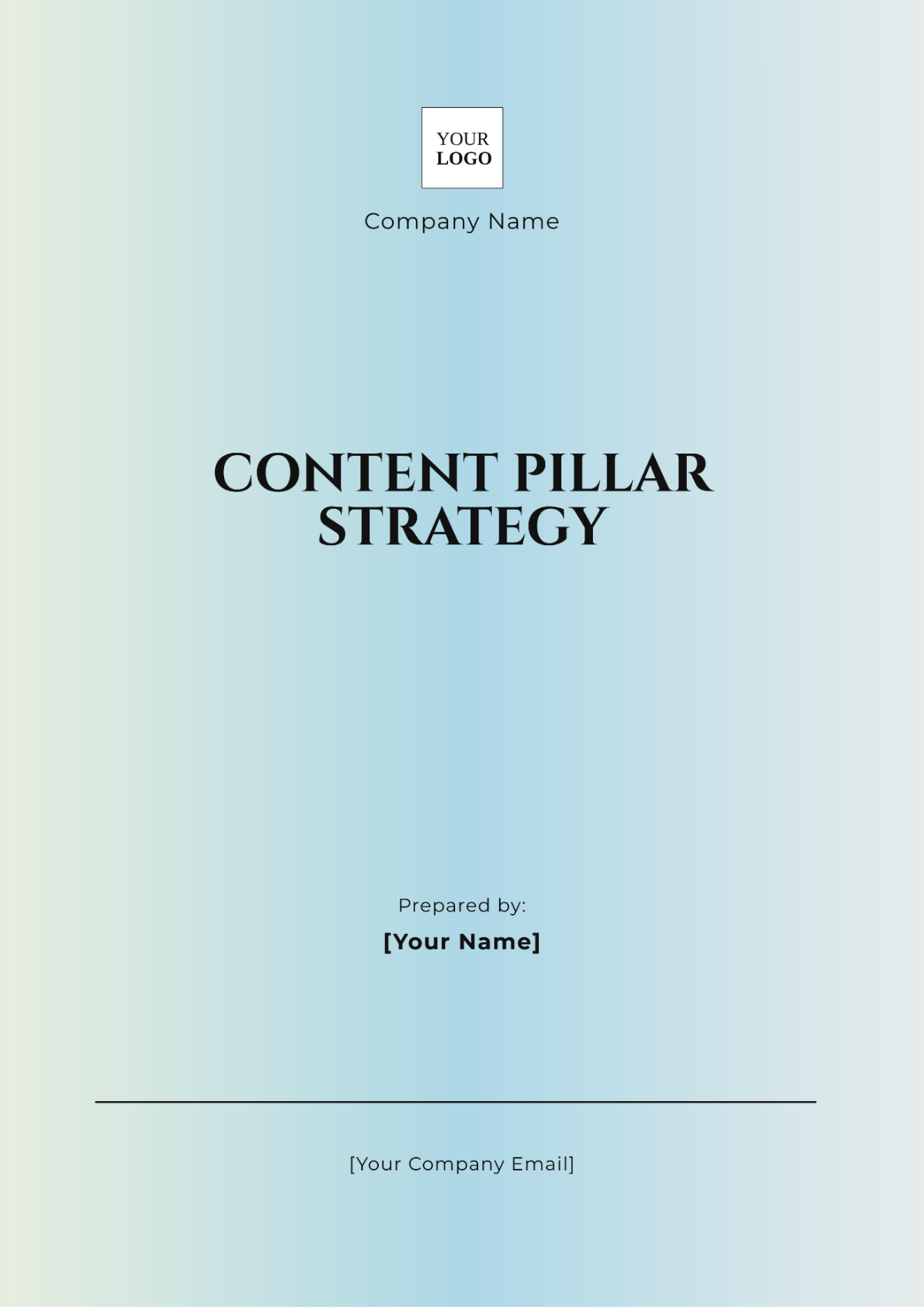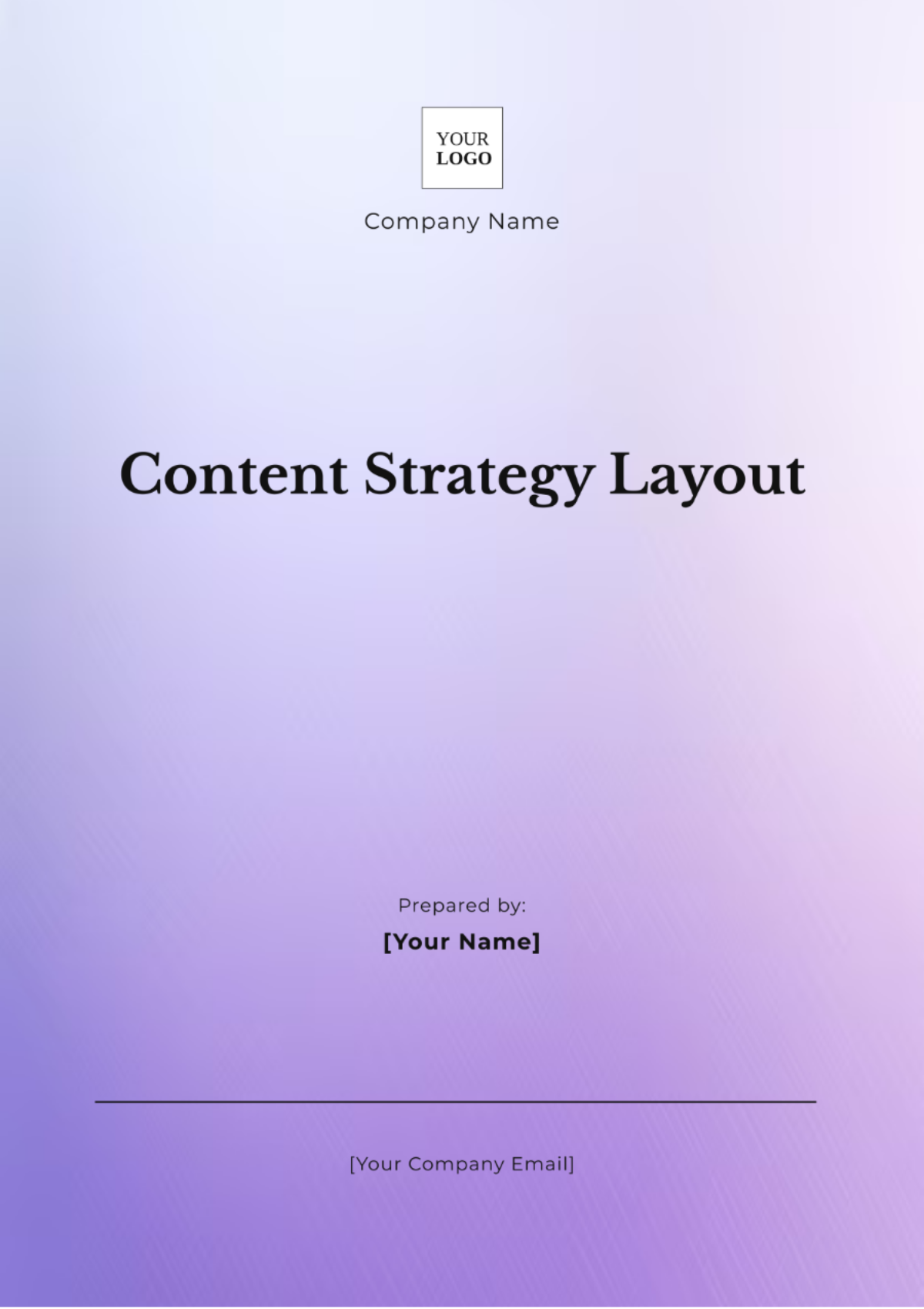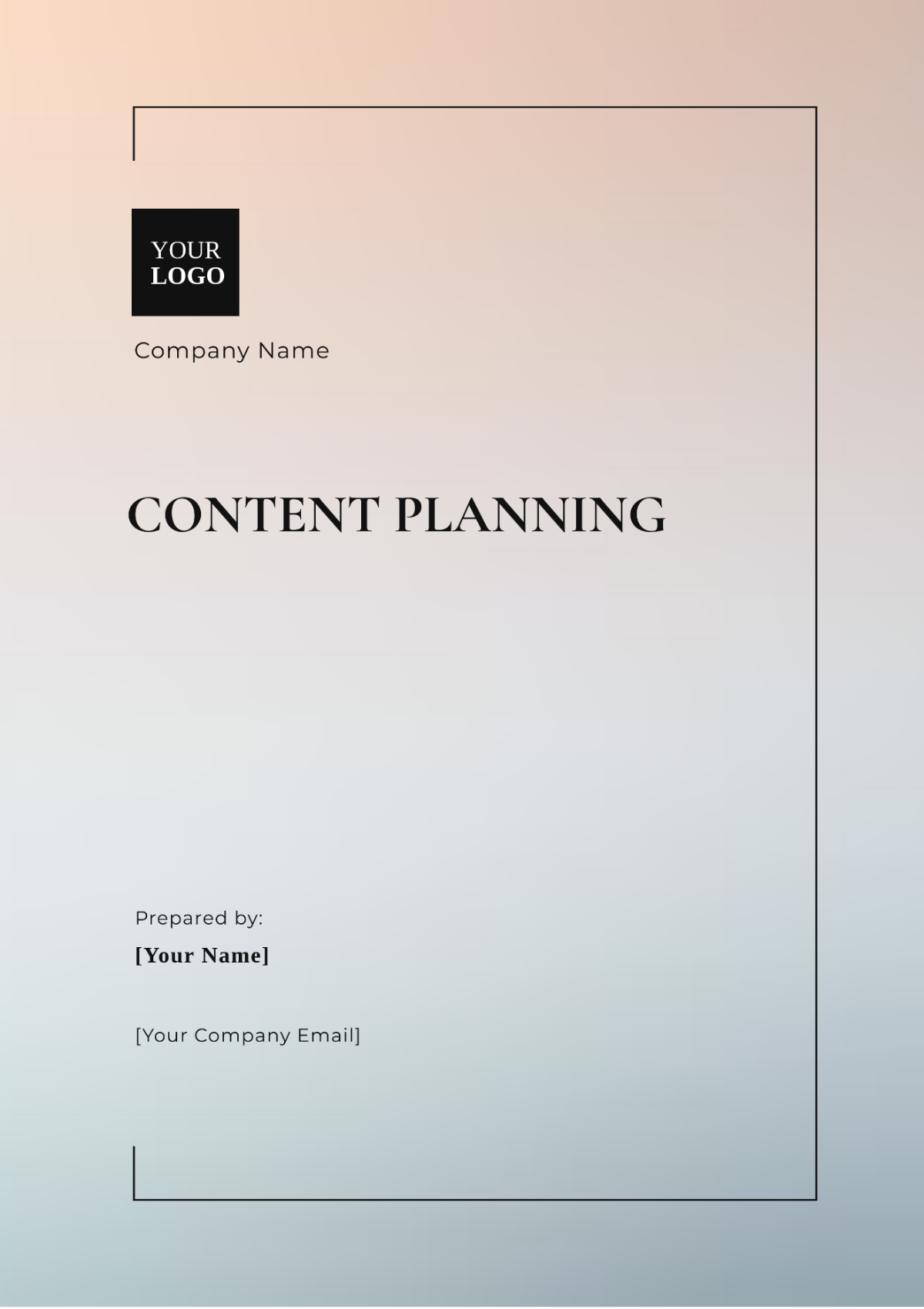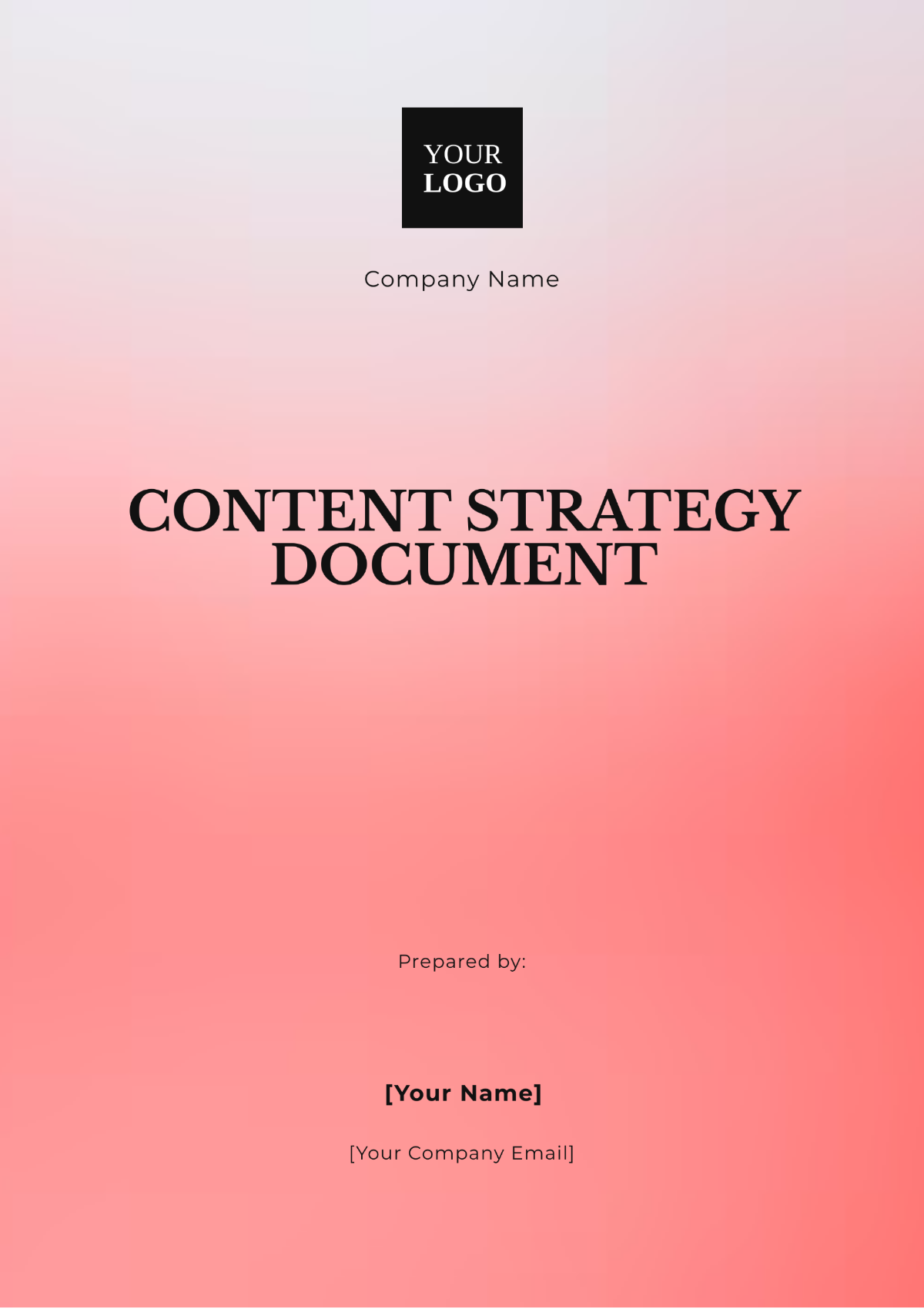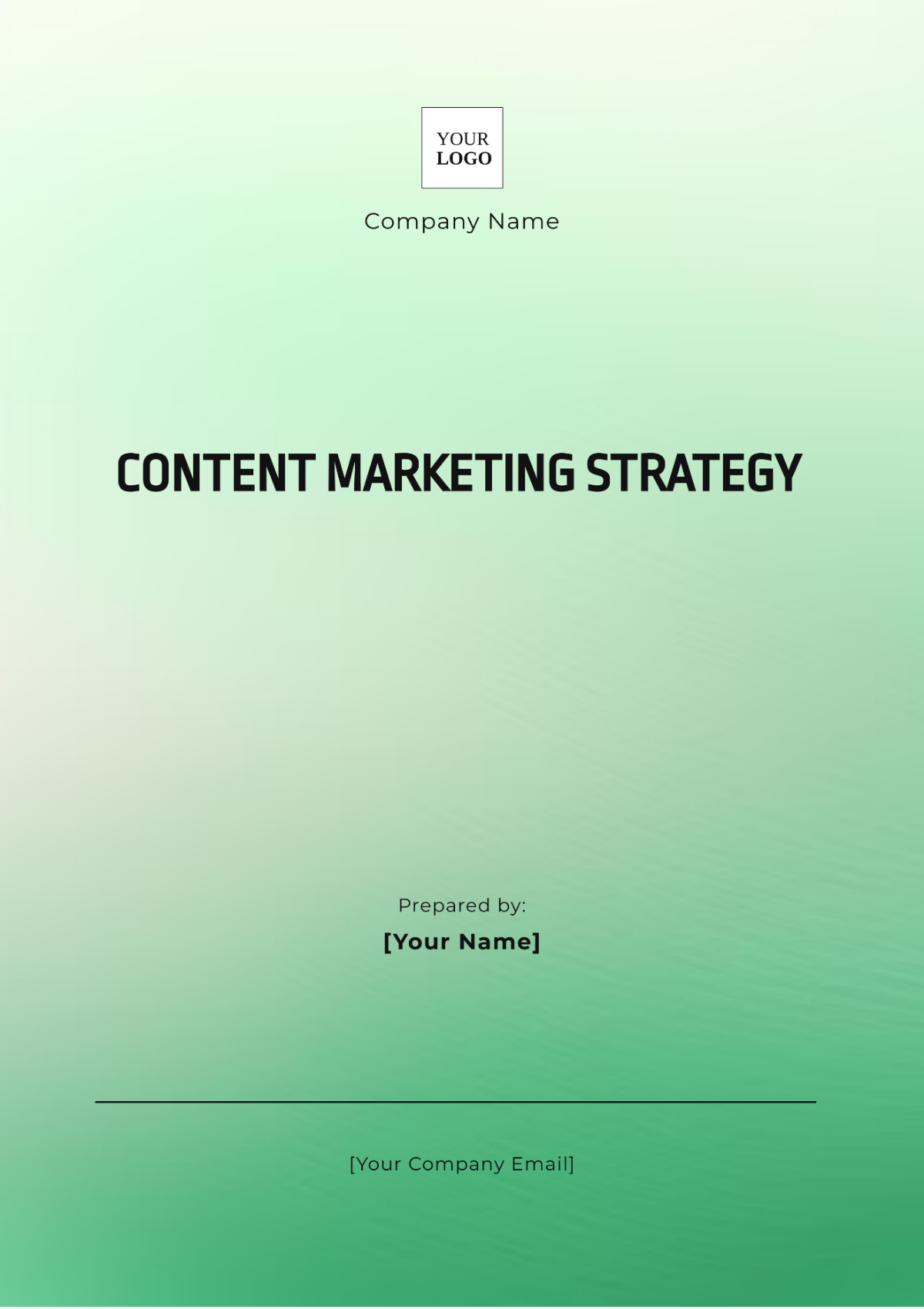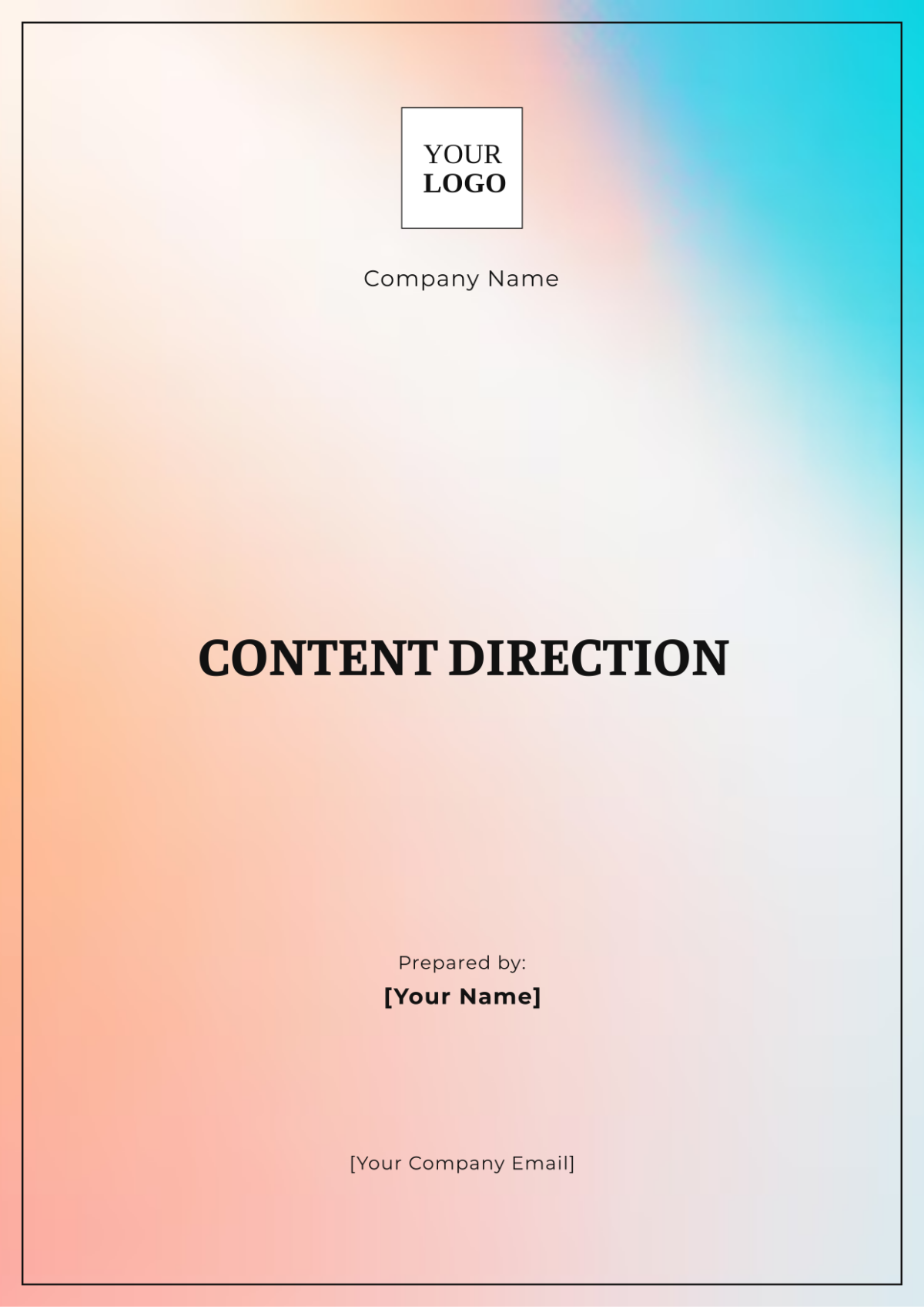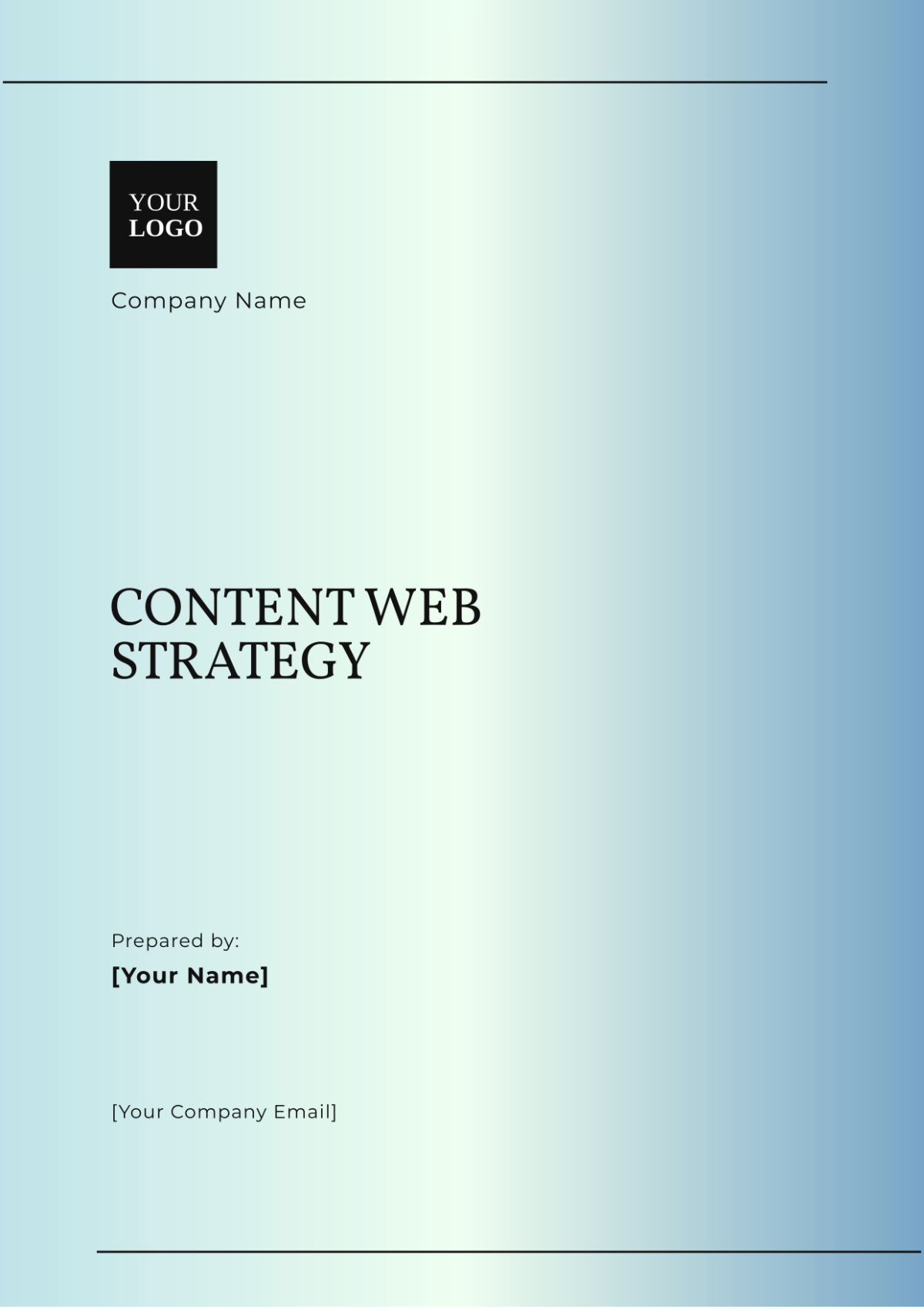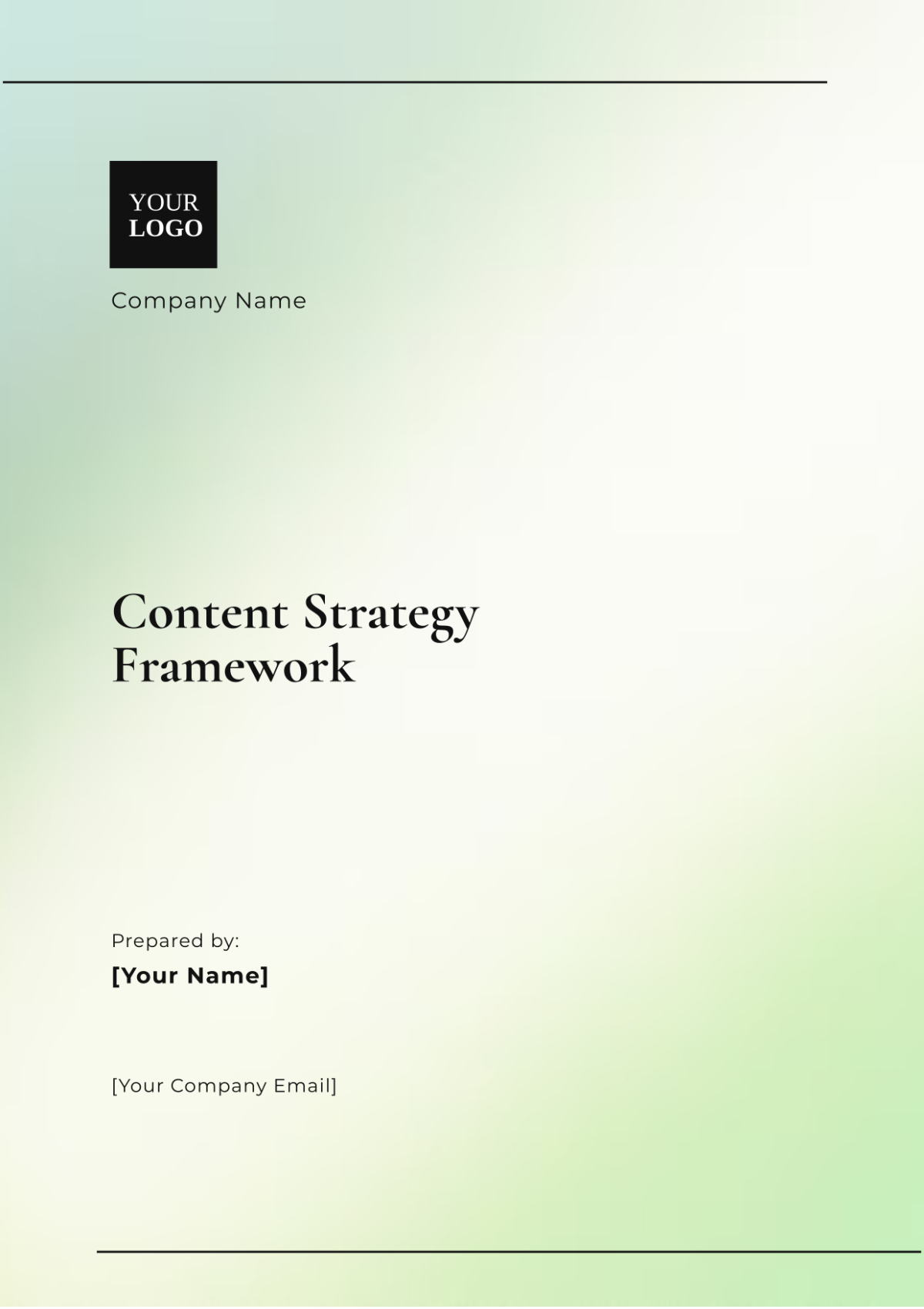Chapter Outline
Author Name: | [YOUR NAME] |
|---|---|
Company Name: | [YOUR COMPANY NAME] |
Department: | [YOUR DEPARTMENT] |
Date: | [TODAY'S DATE] |
I. Introduction
The introductory chapter sets the stage for the comprehensive analysis and discussion that will ensue. [YOUR COMPANY NAME]’s identity is crafted through meticulous attention to detail and innovative strategies. This introduction will provide a brief overview of the main topics that are embodied within the document, summarizing the essential objectives and illustrating the cohesive nature of [YOUR DEPARTMENT]'s initiatives.
The relevance of each topic will be linked with real-world applications and scenarios that [YOUR COMPANY NAME] faces in its day-to-day operations, establishing a practical framework from which to explore the subsequent chapters.
II. Chapter One
Chapter One discusses [SUBJECT MATTER], outlining the challenges and opportunities presented. This section will delve into critical analysis, supported by data gathered from [YOUR COMPANY NAME]'s recent studies and third-party research. Methods deployed in managing [RELEVANT PROCESS] and optimizing [RELEVANT KPI] will be thoroughly examined.
Effective strategies and techniques will be showcased in a step-by-step progression, detailing the procedures followed within the department. Documentations, anecdotes from staff, and graphical data representations will play a fundamental role in illustrating points and enhancing comprehension.
III. Chapter Two
This chapter focuses on [SPECIFIC TOPIC] and its impact on [YOUR COMPANY NAME]'s policies. It examines the implications of regulatory changes and sector adjustments on operational capacities and strategic planning. Realistic and hypothetical scenarios will be used to forecast potential outcomes and delineate planning frameworks.
Potential risks and their mitigation strategies will be discussed, linking back to the overarching themes of adaptability and resilient frameworks discussed in our company meetings. The discussion aims to generate actionable insights applicable to both immediate and long-range planning contexts.
IV. Conclusion and Future Directions
Summarizing the major findings from the chapters, the conclusion revisits the primary themes and aligns them with the future trajectories of [YOUR COMPANY NAME]. It places an emphasis on emergent trends and prepares a roadmap for navigating the evolving corporate landscape.
Recommendations will be given on how to integrate new strategies with existing practices to bolster effectiveness and efficiency in achieving [DESIRED OUTCOMES]. Possible challenges and innovative solutions will also be highlighted, providing a forward-looking perspective that aligns with our strategic goals.
